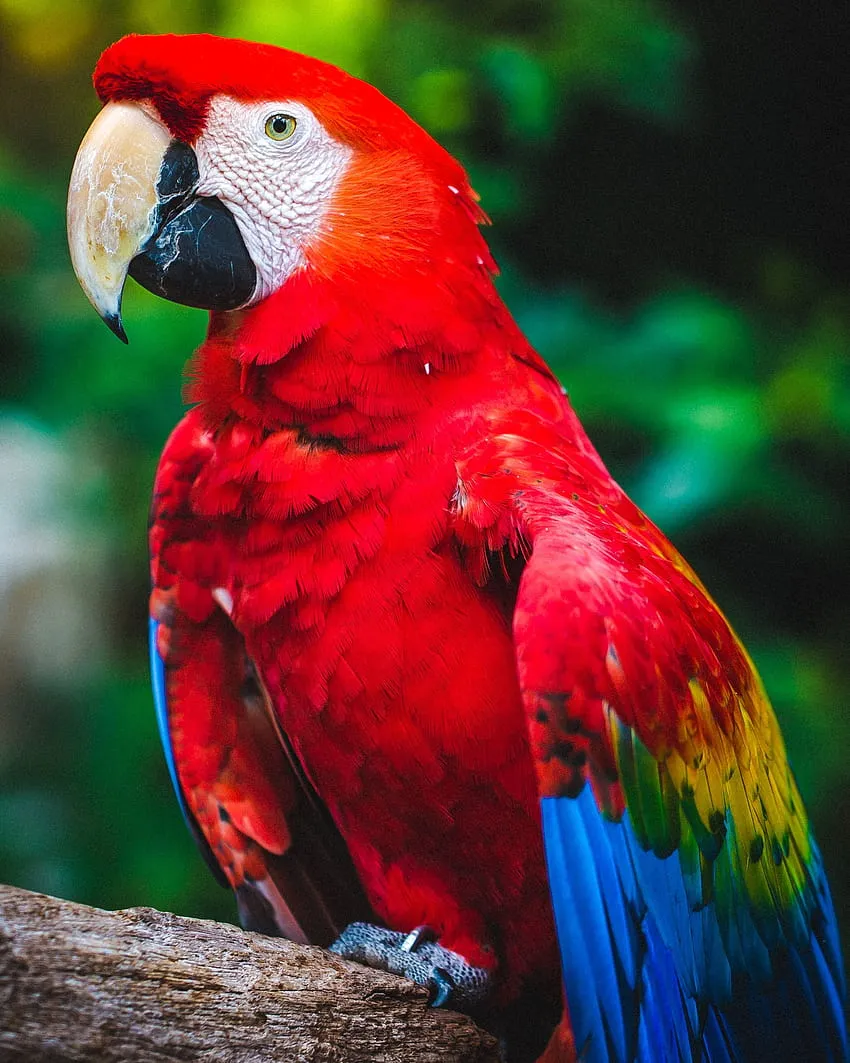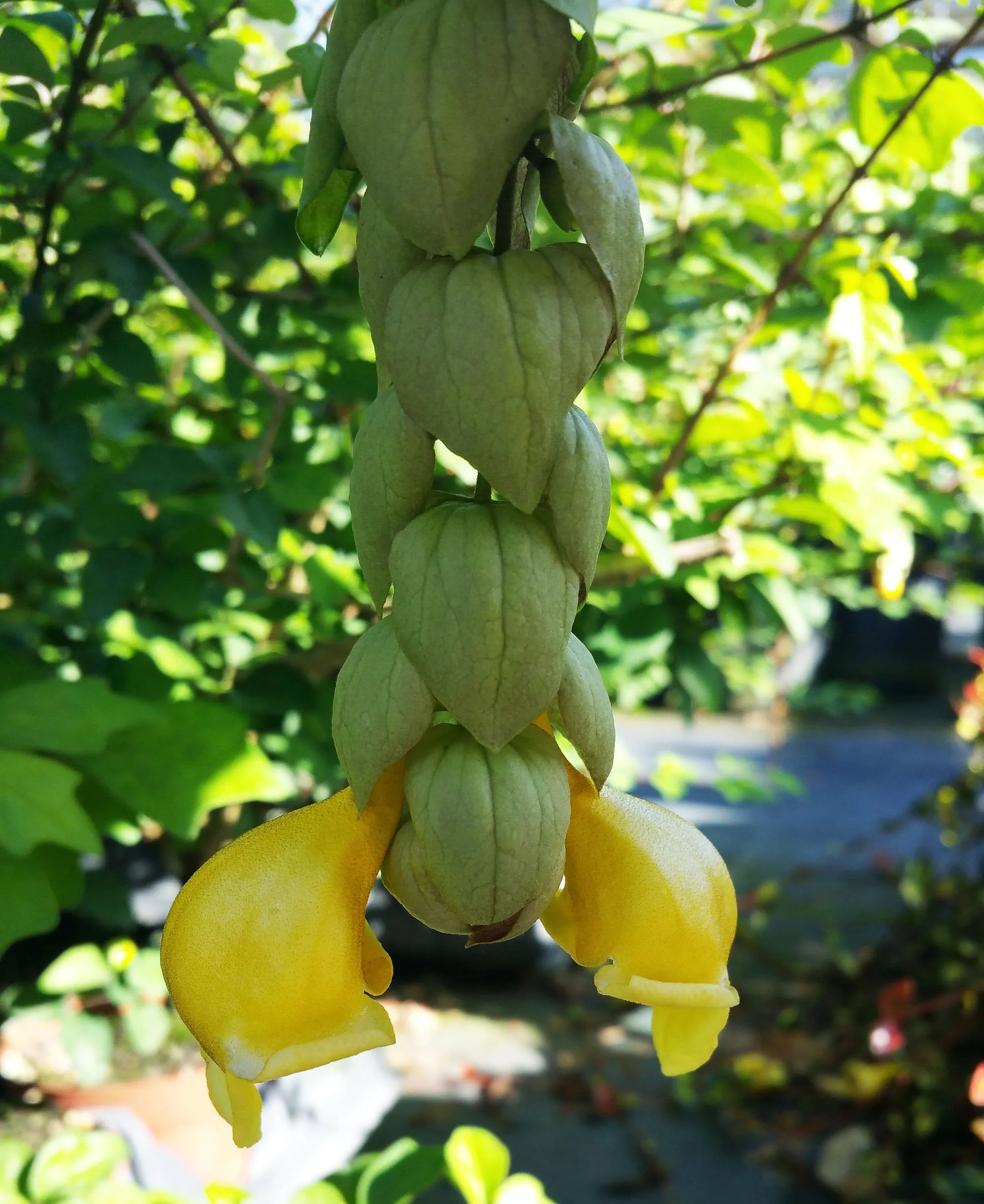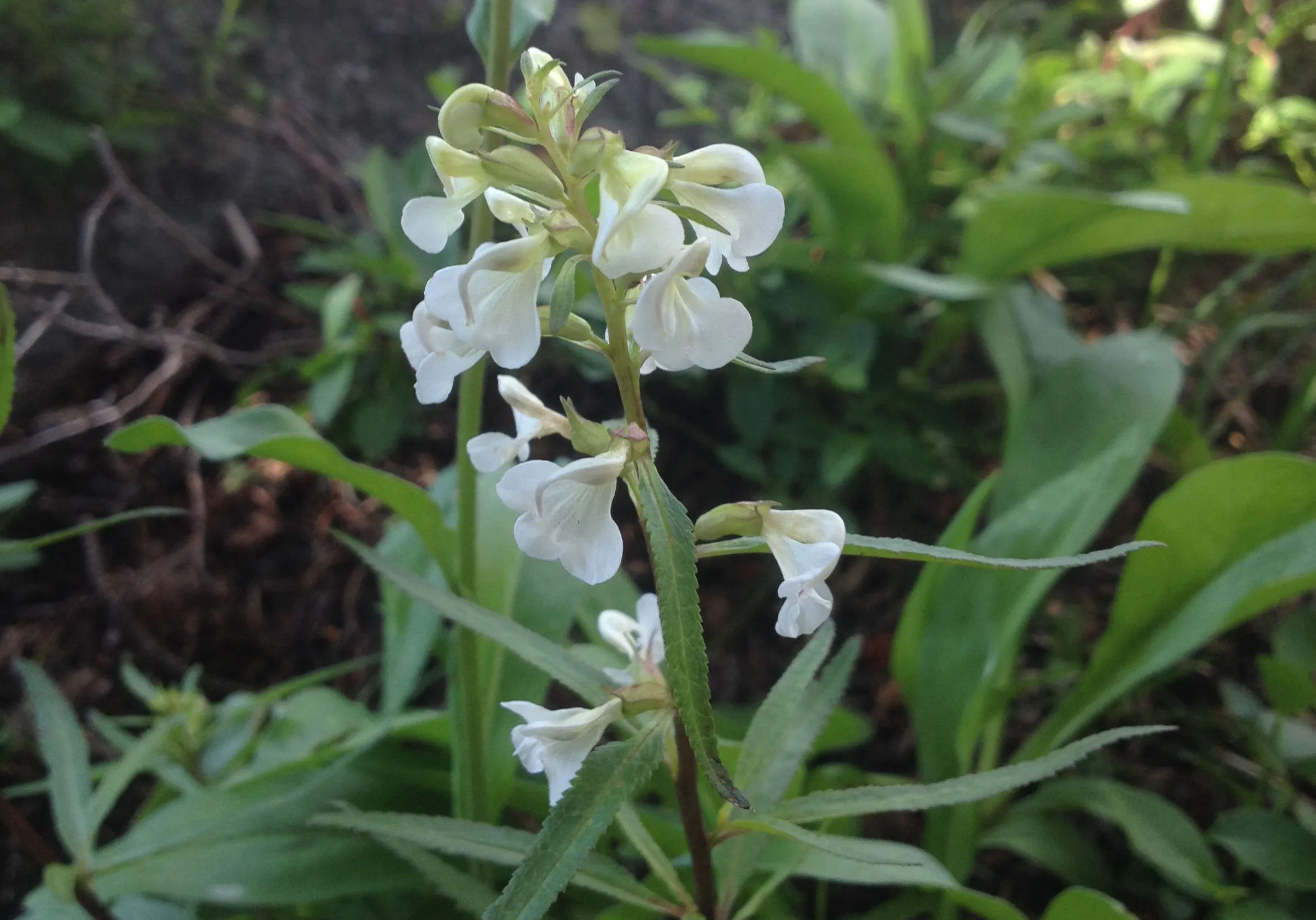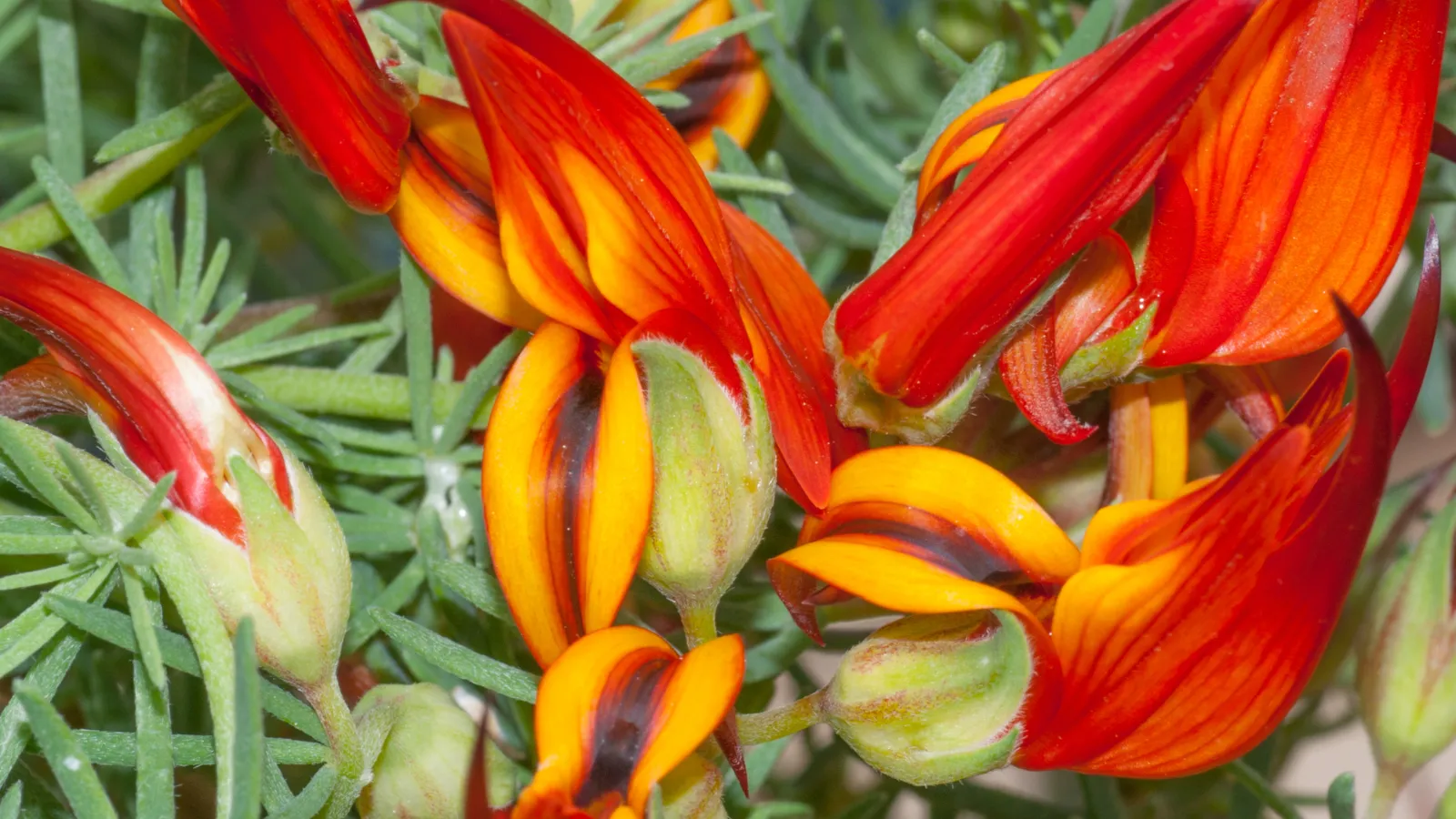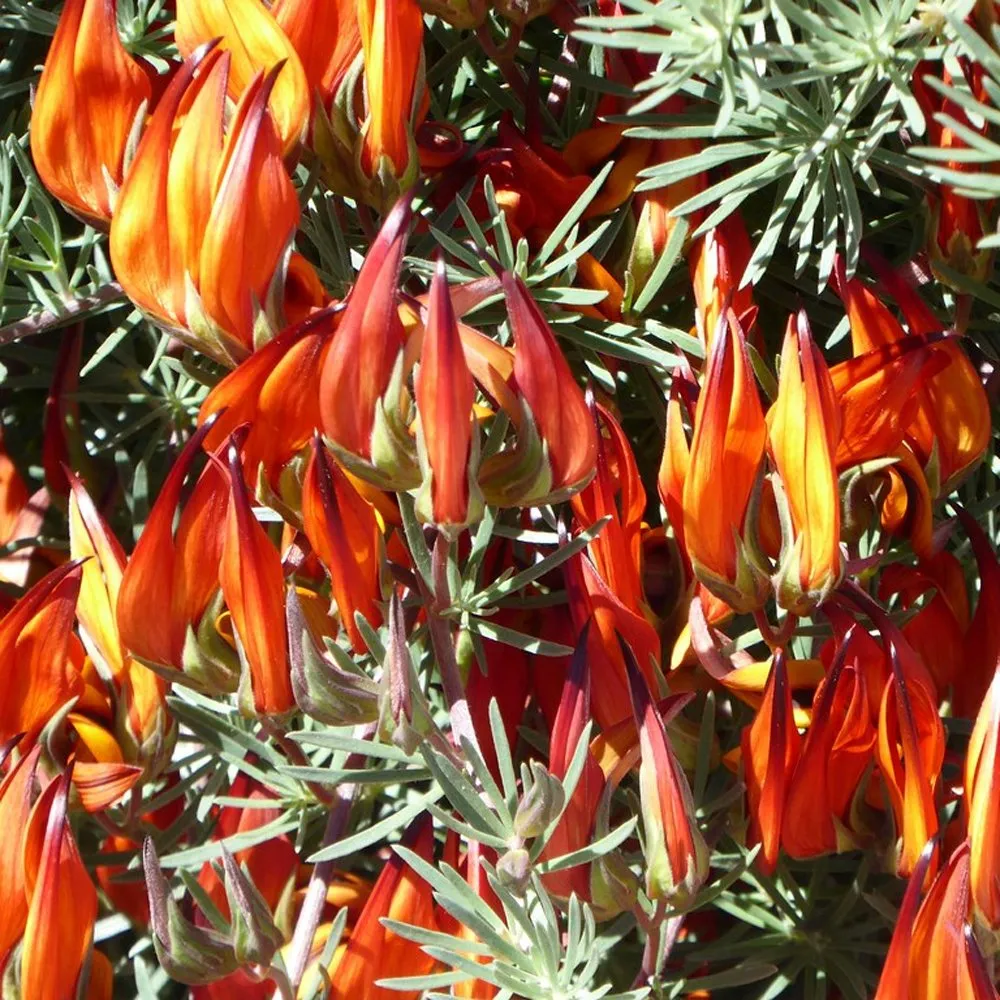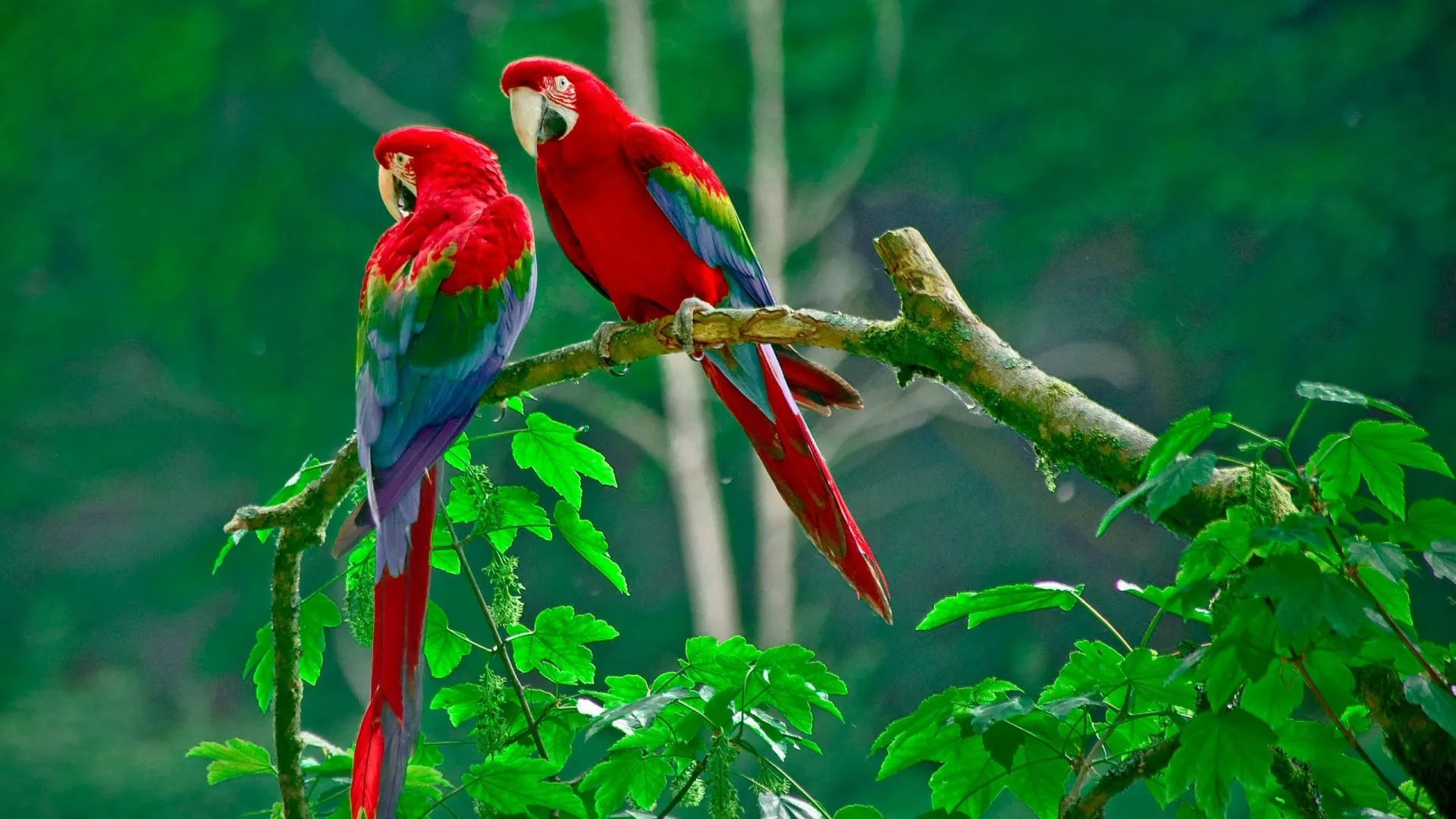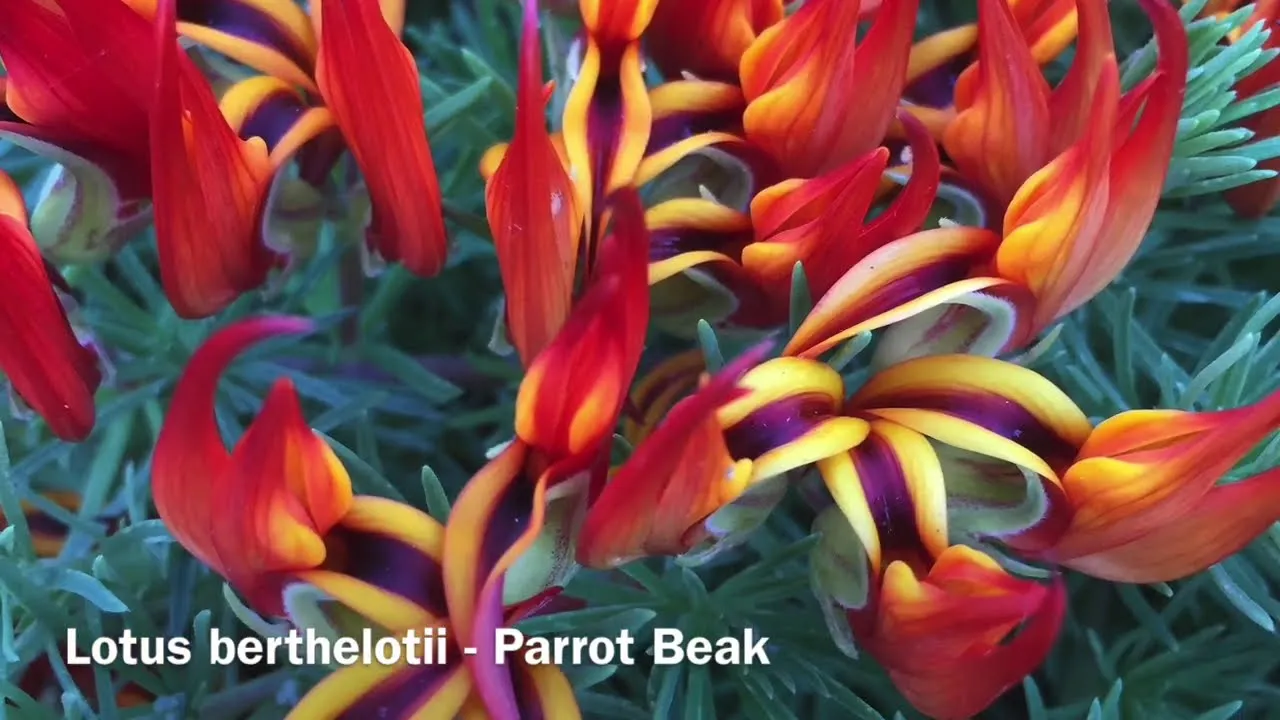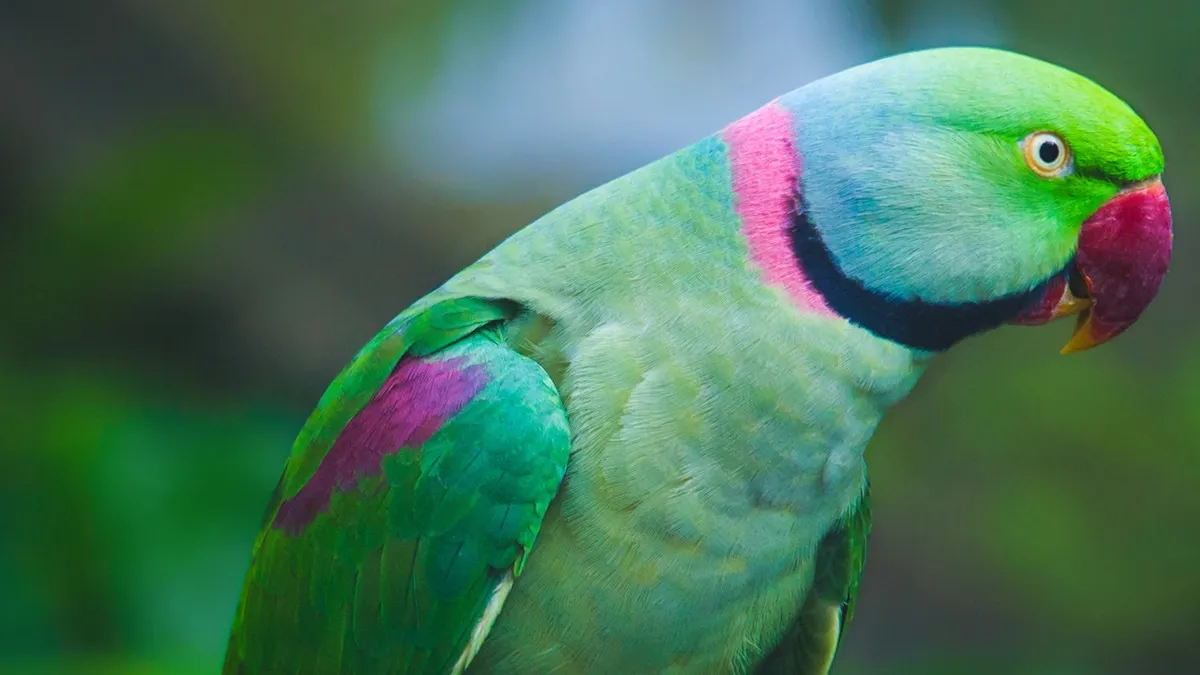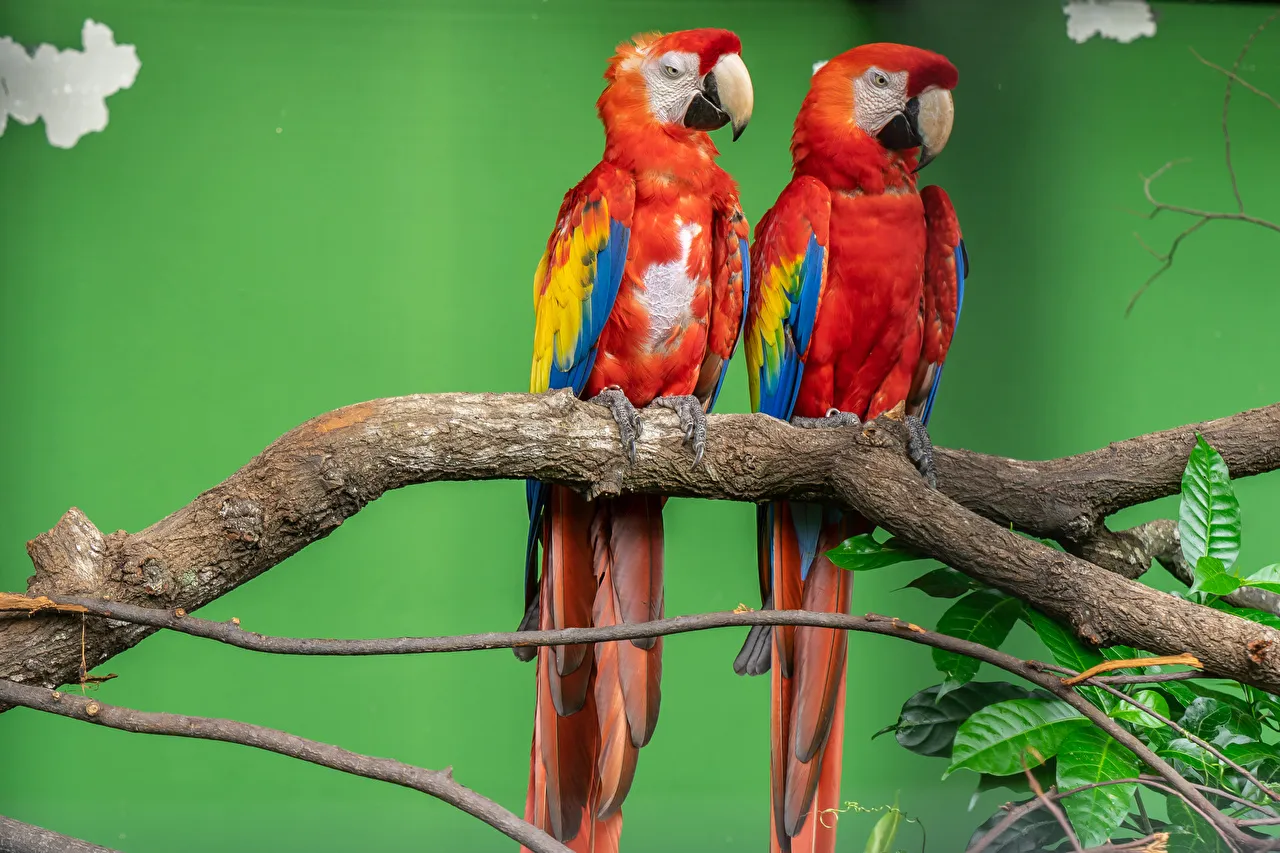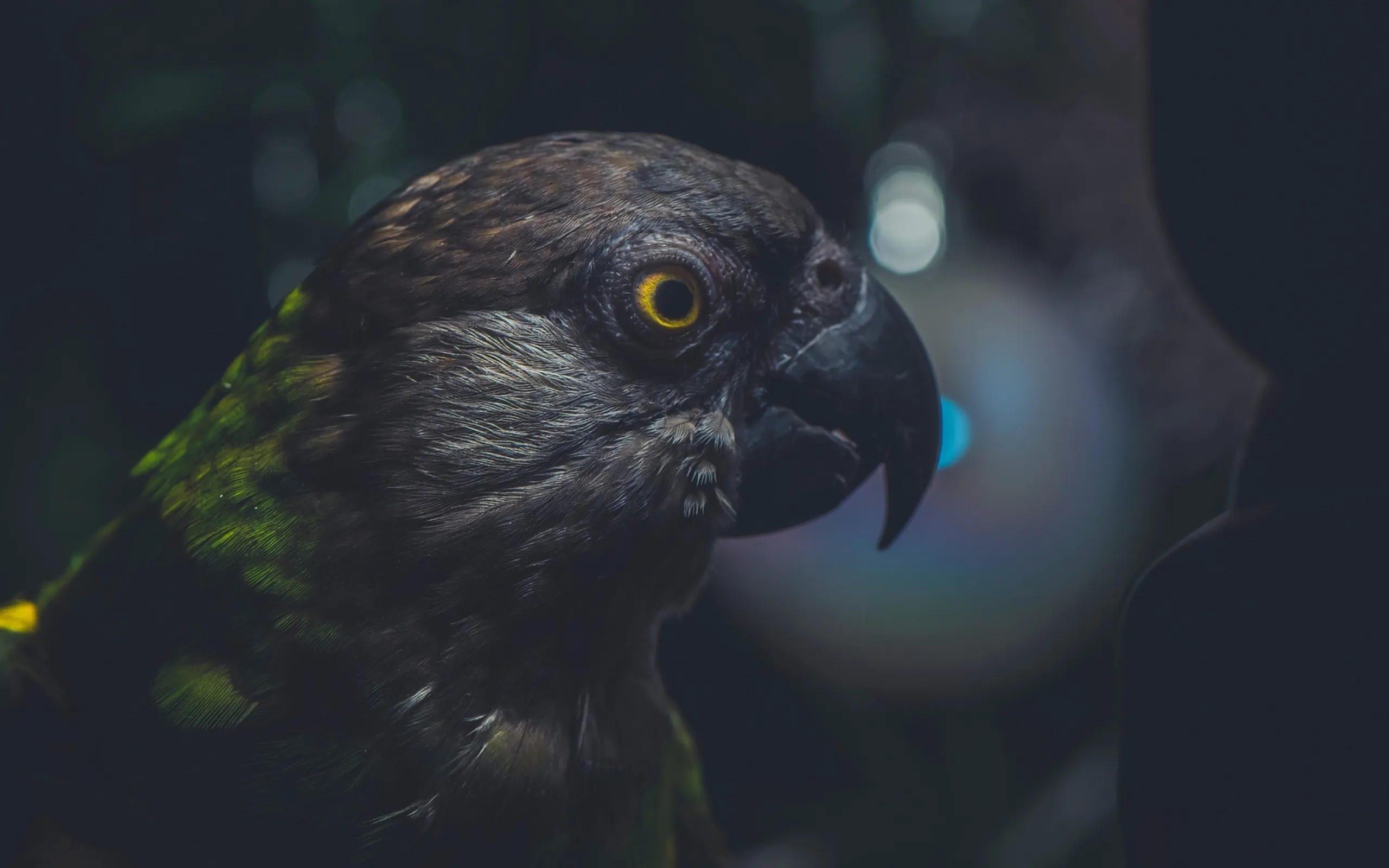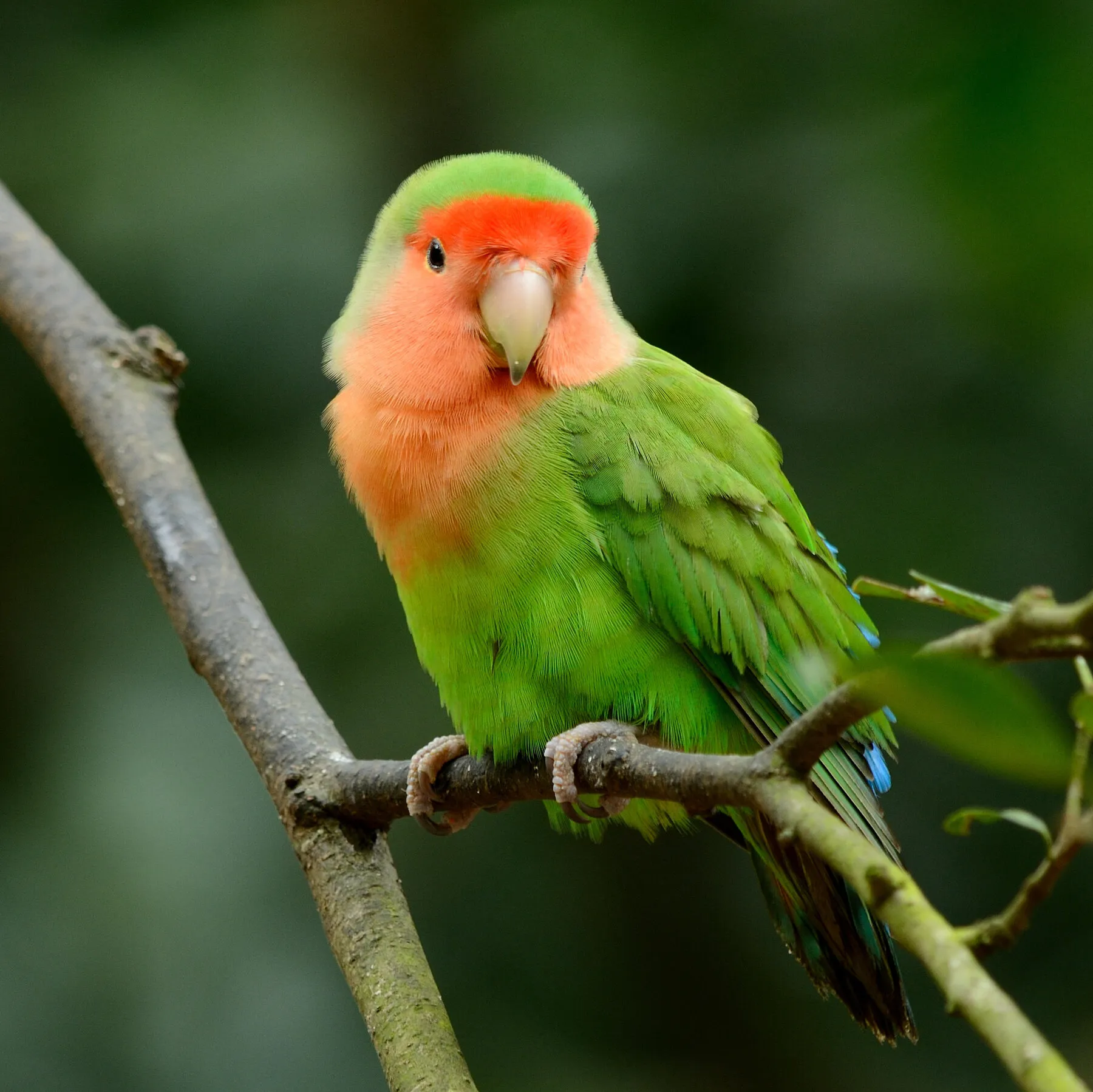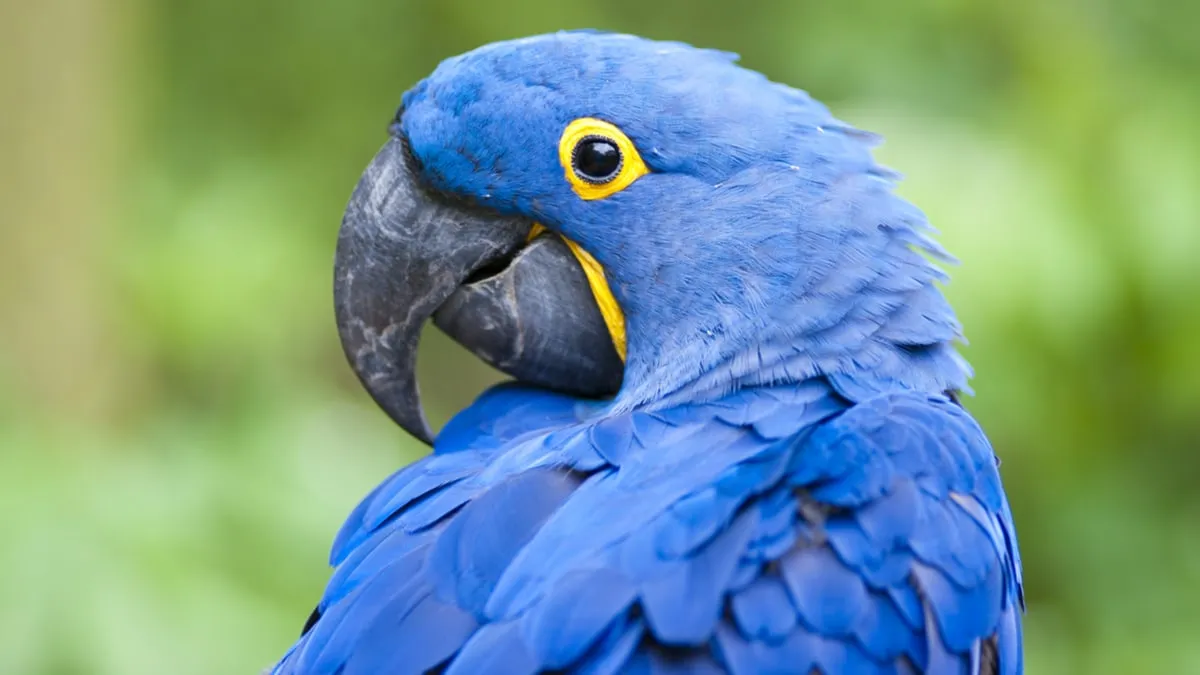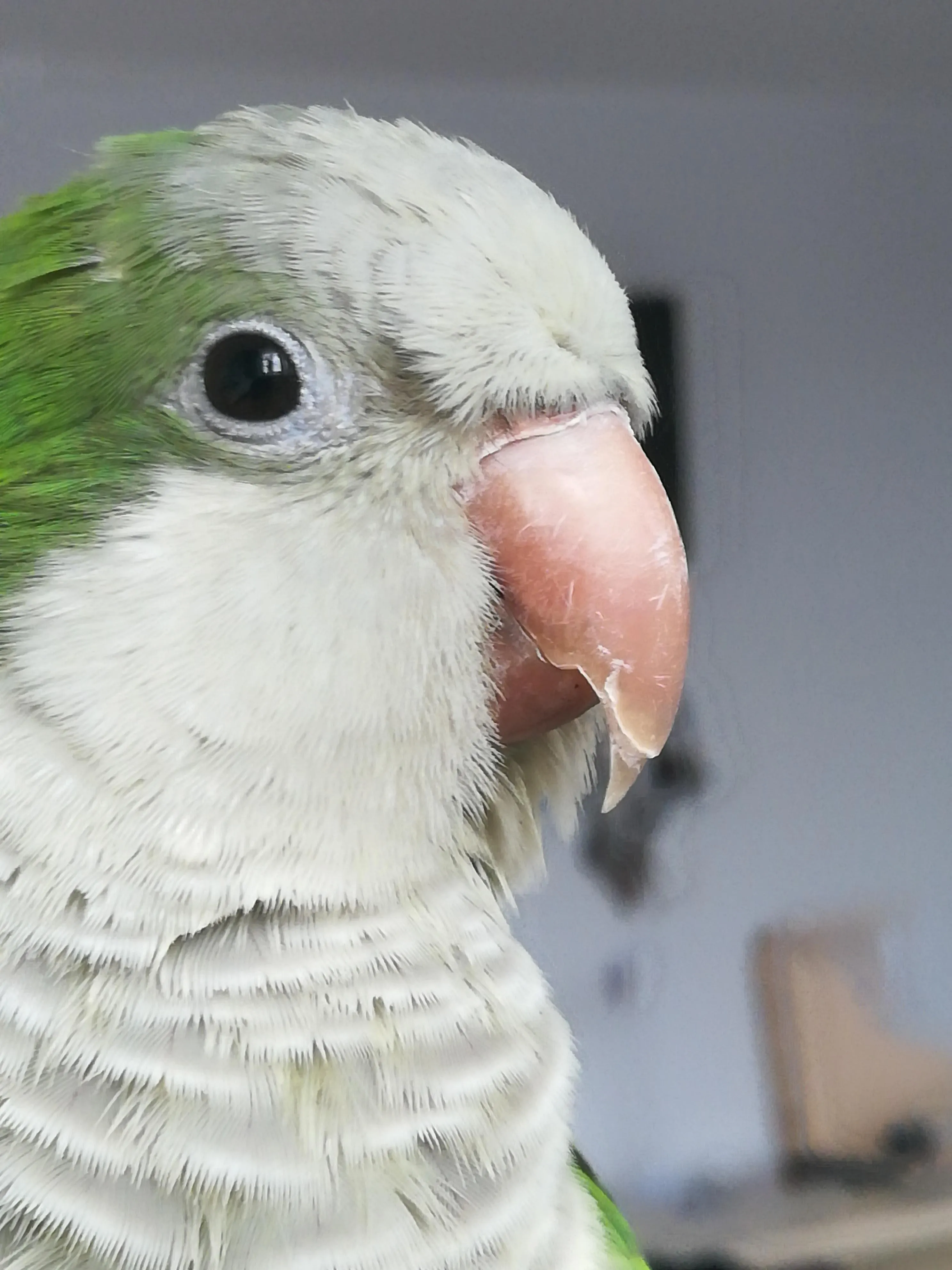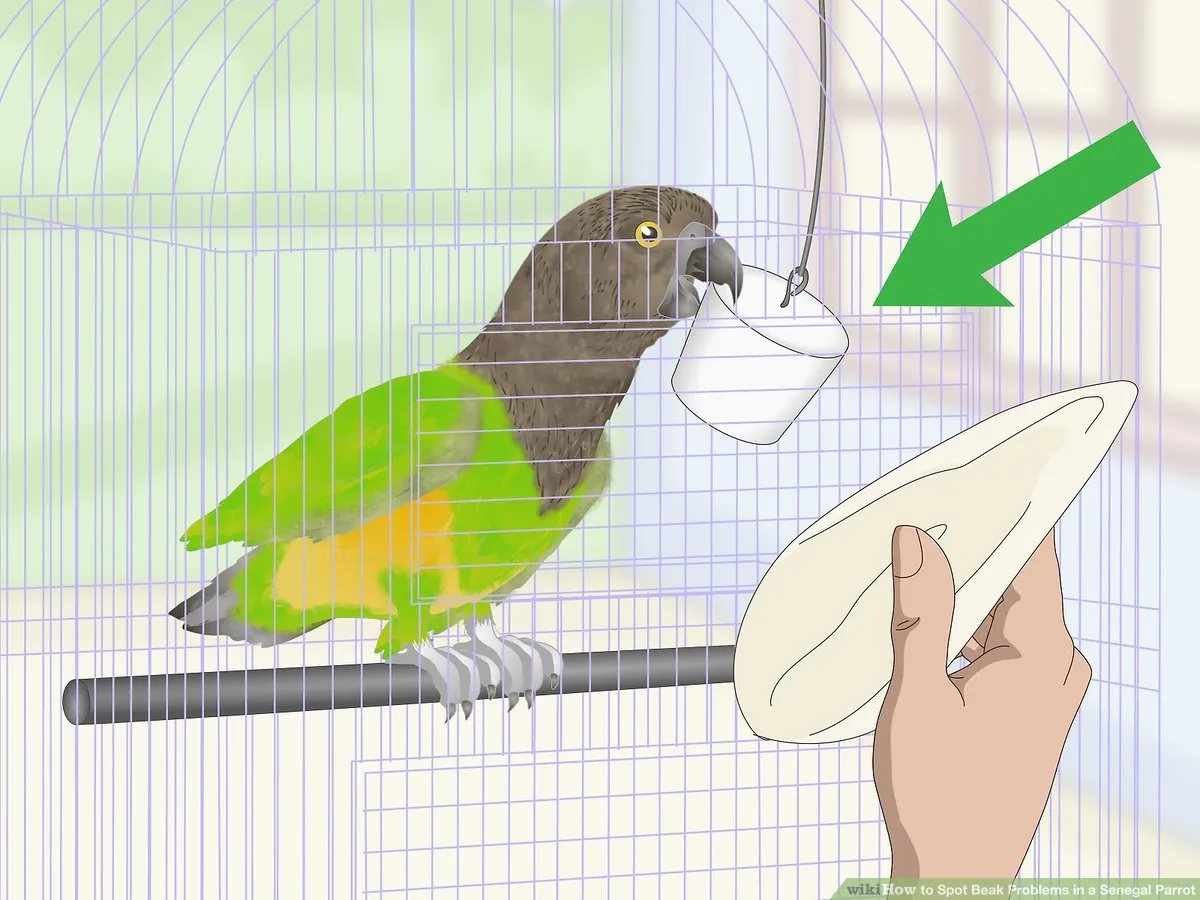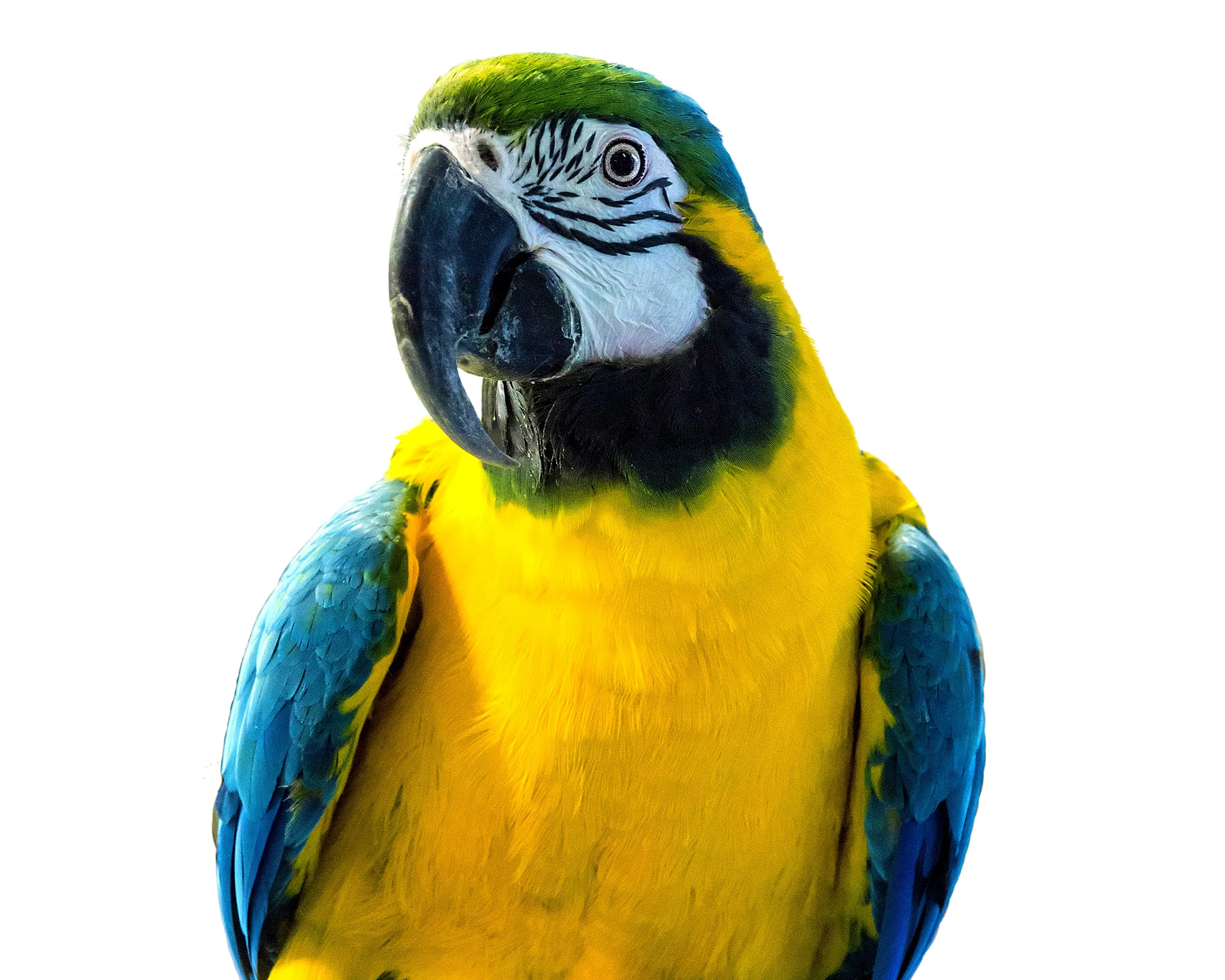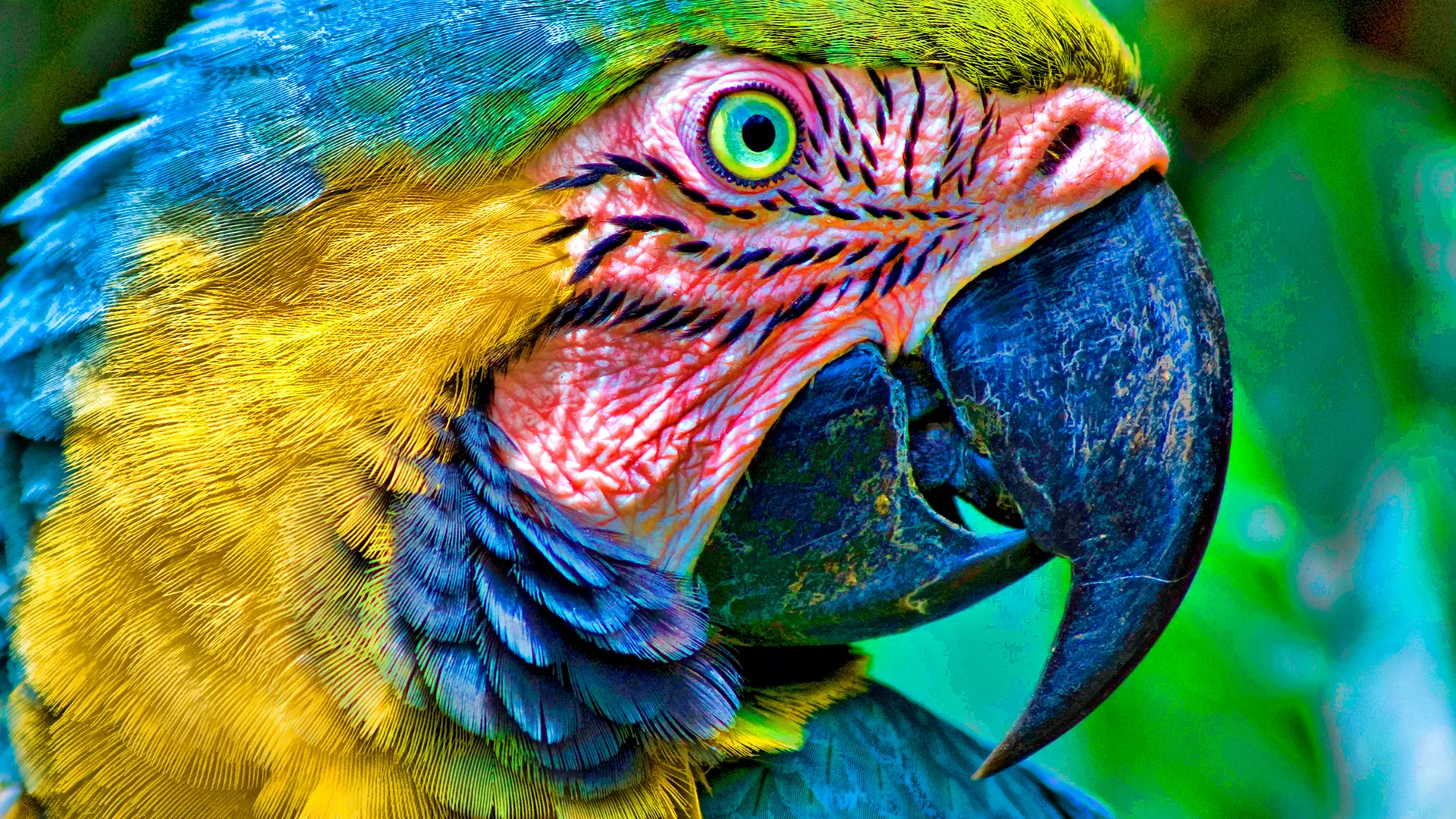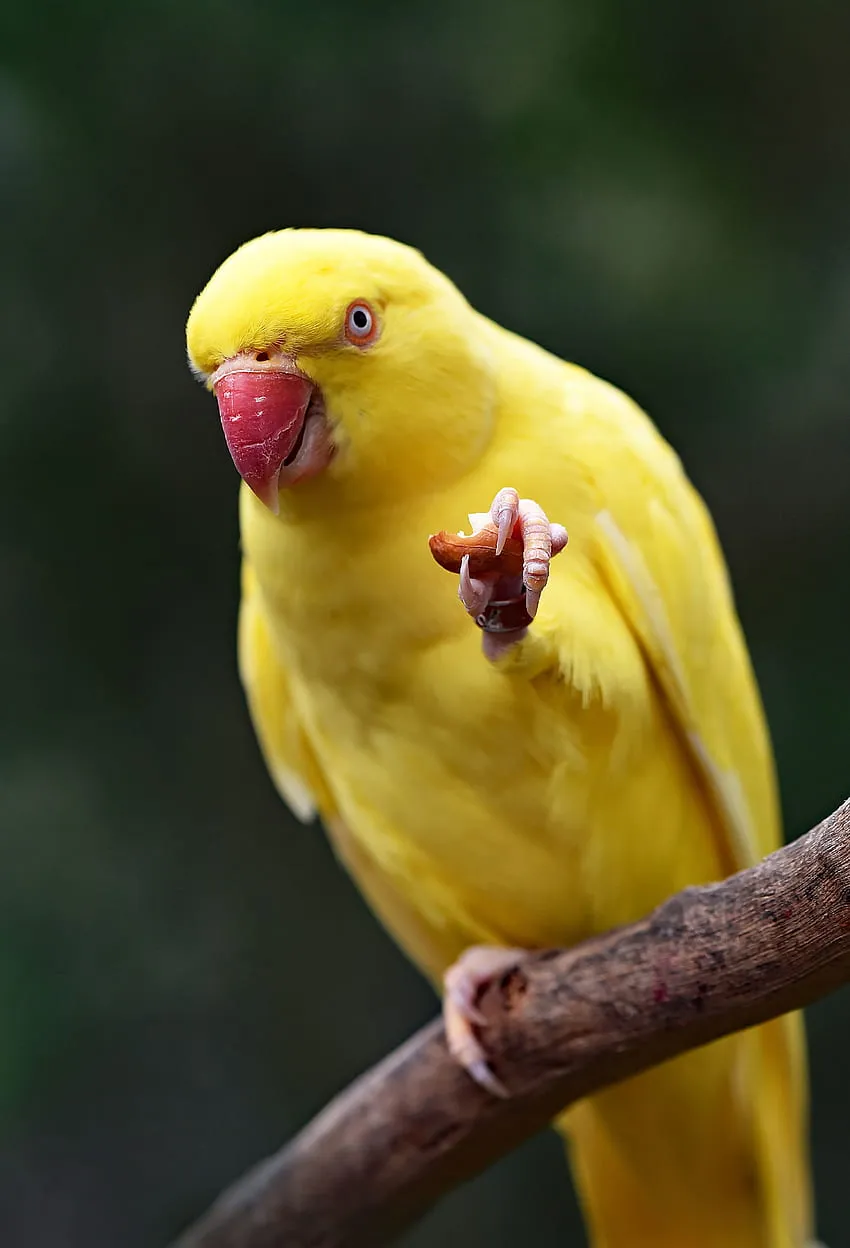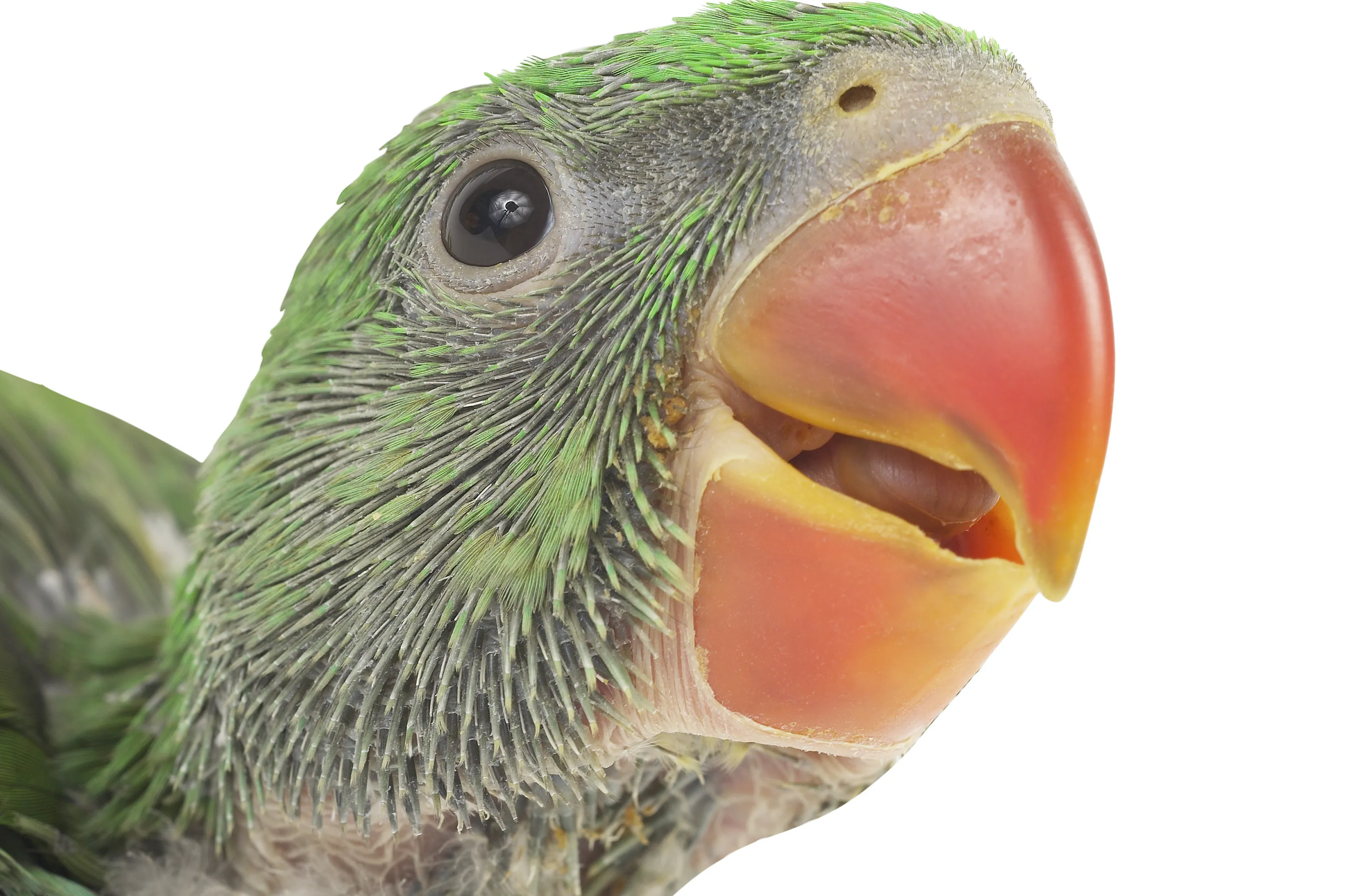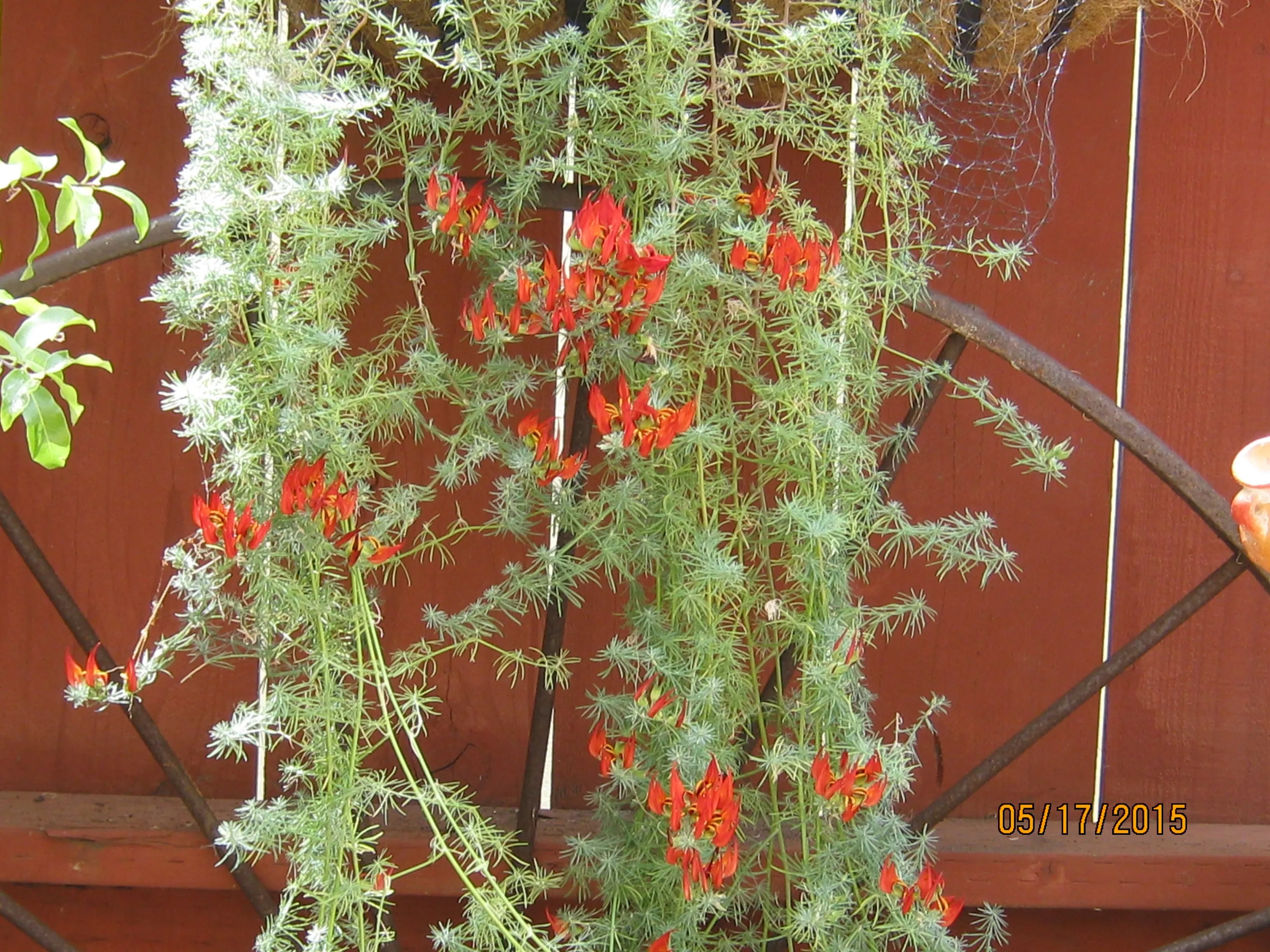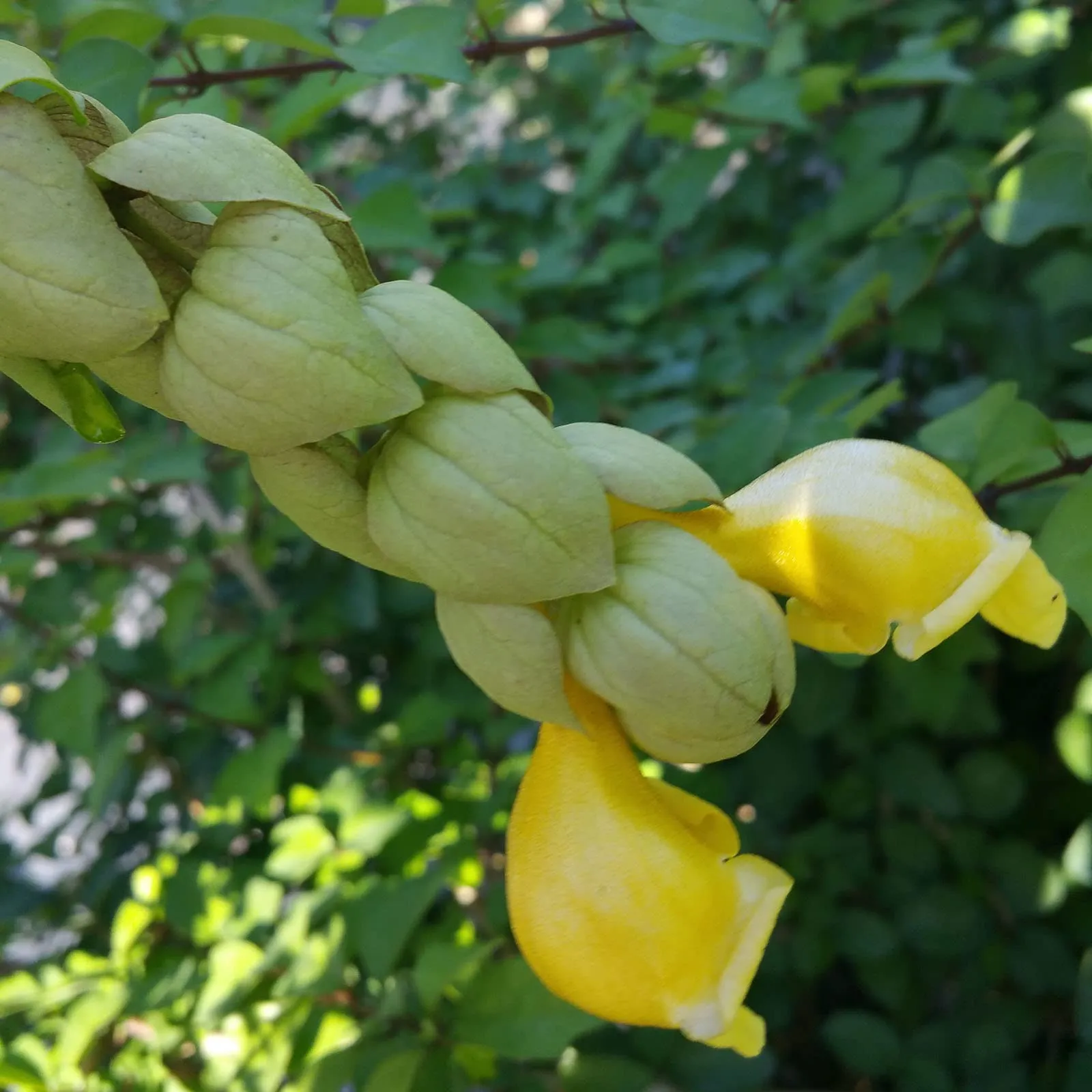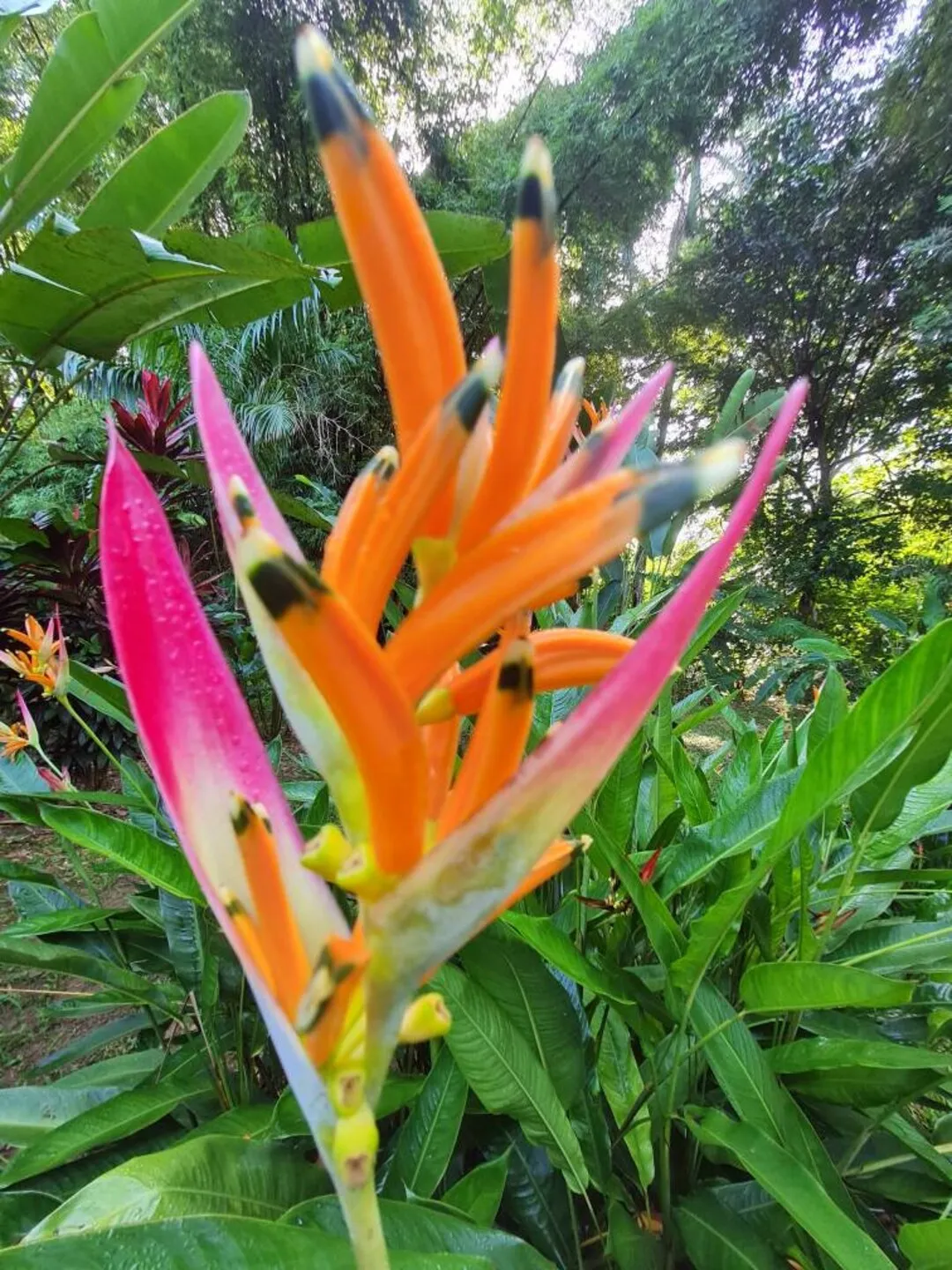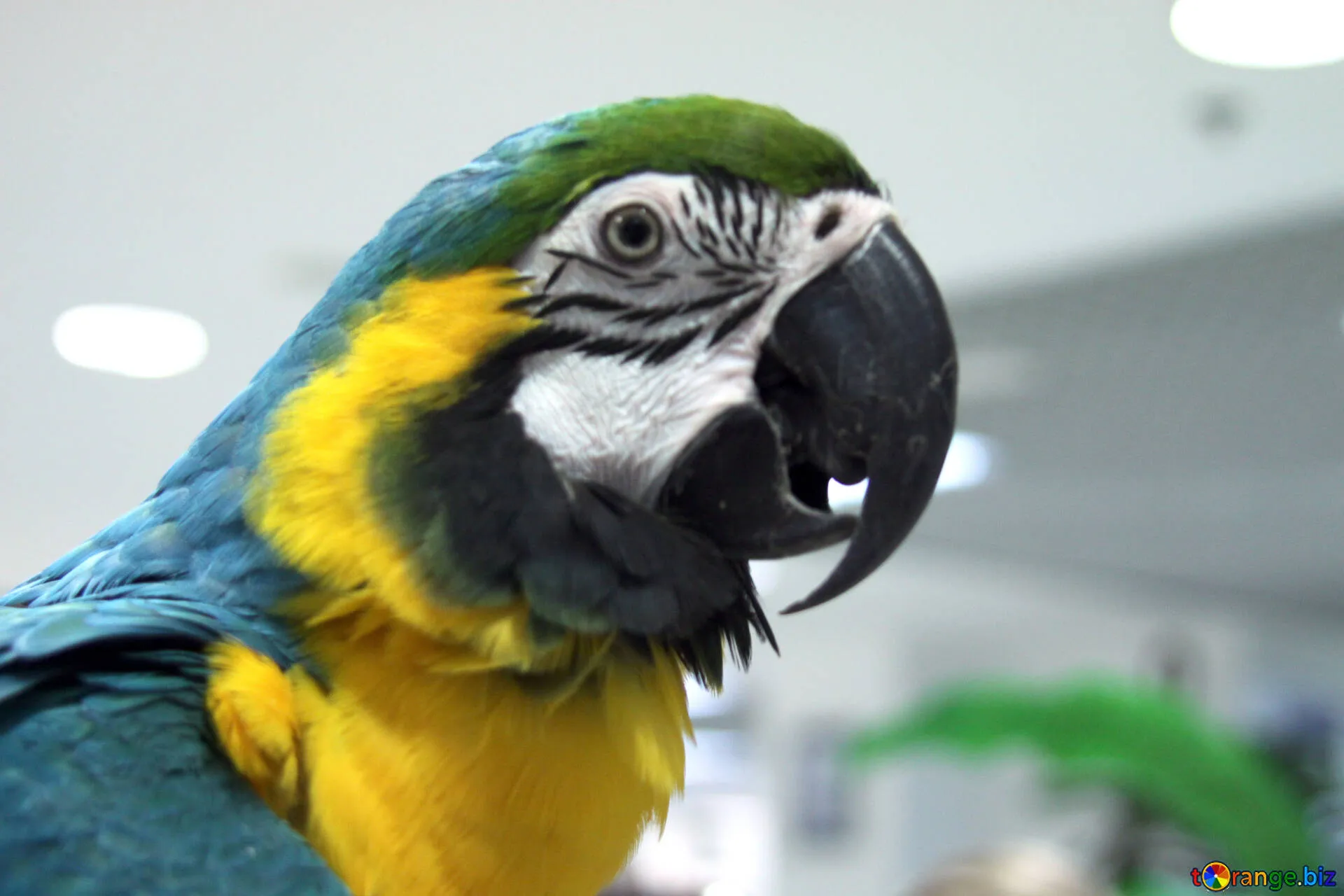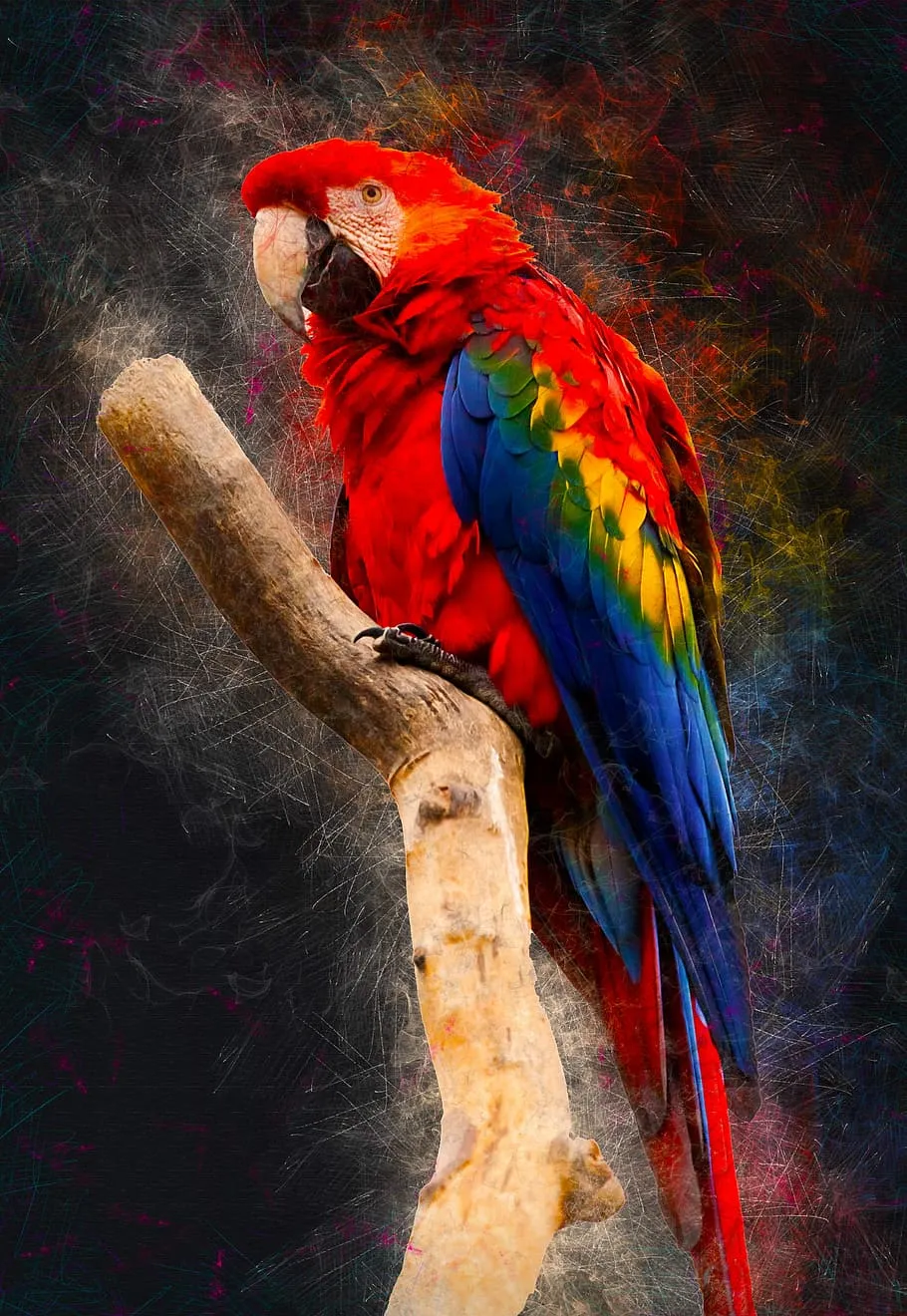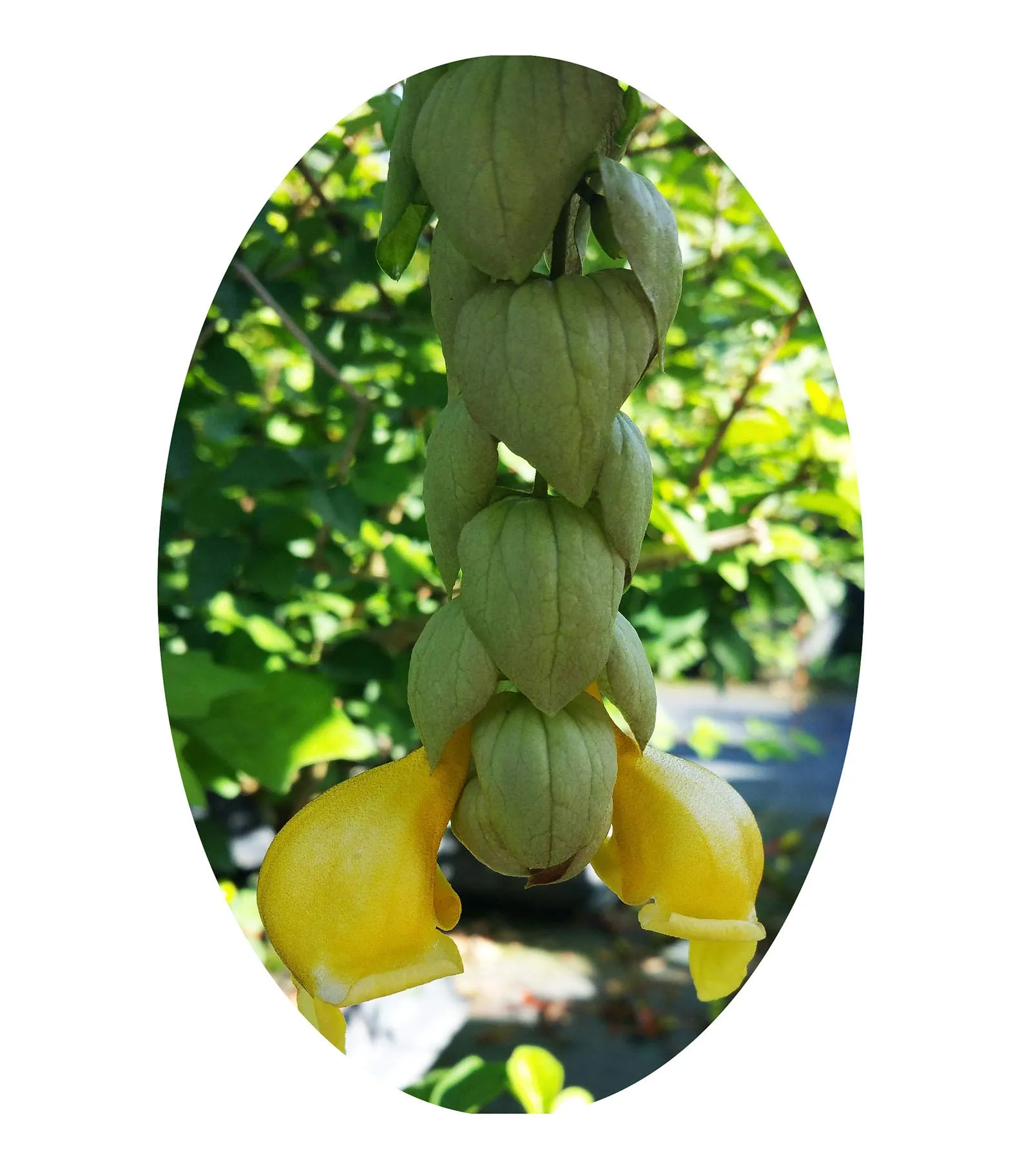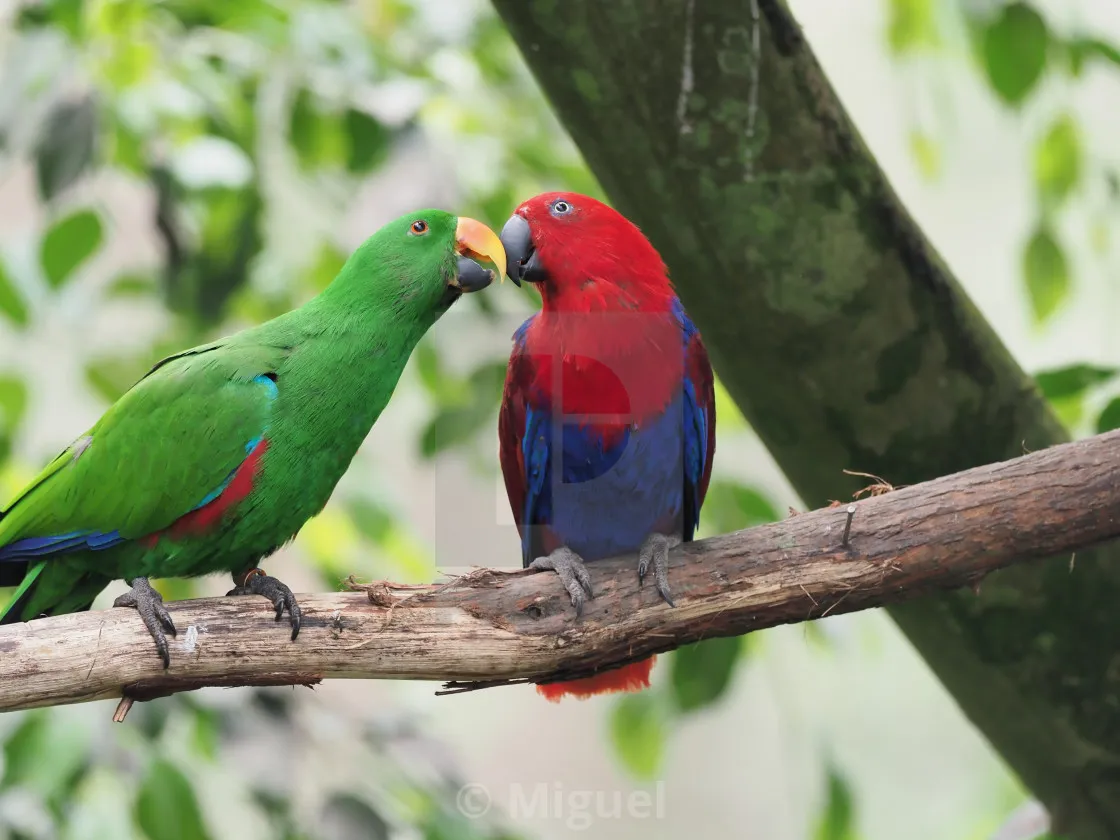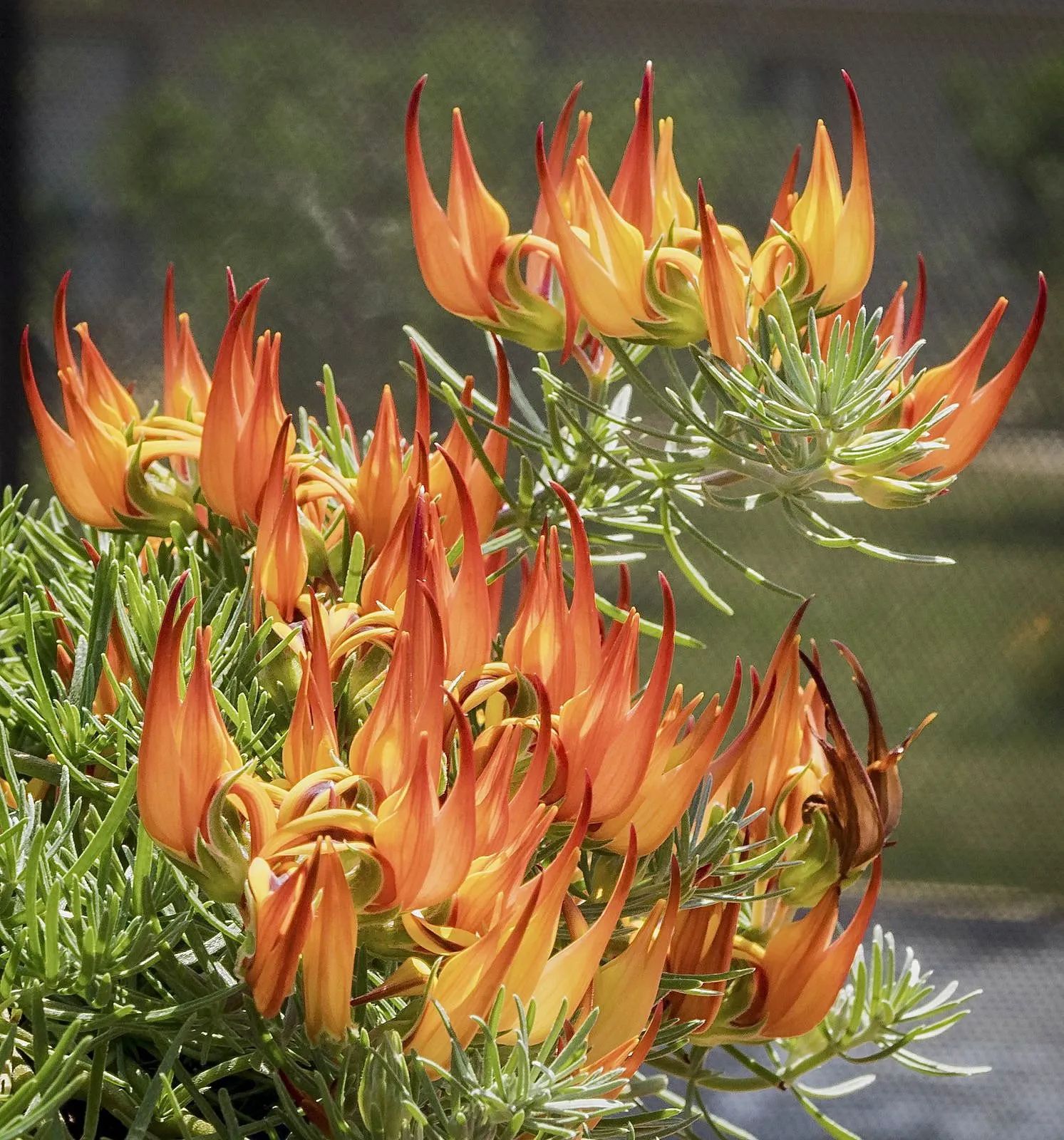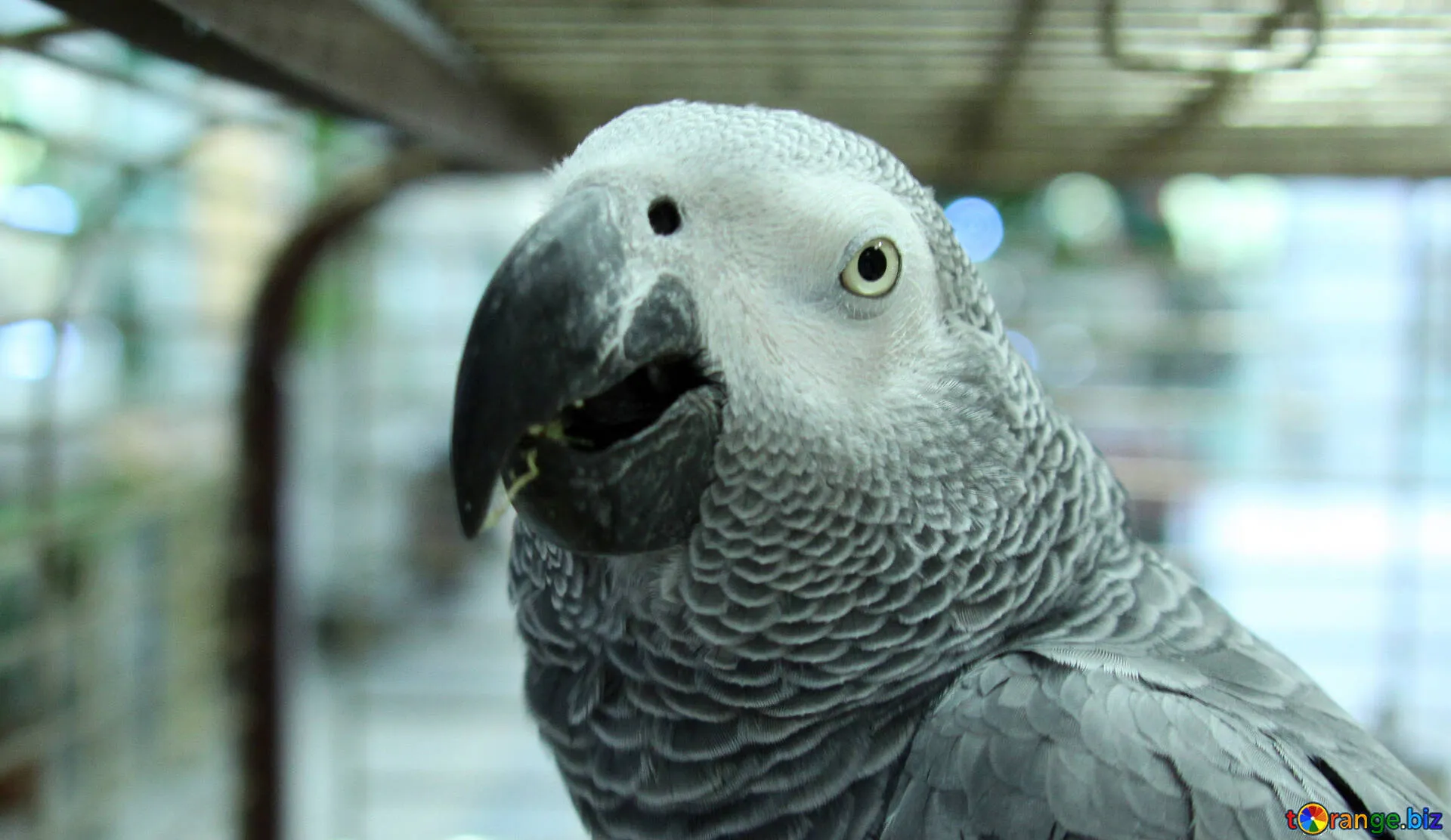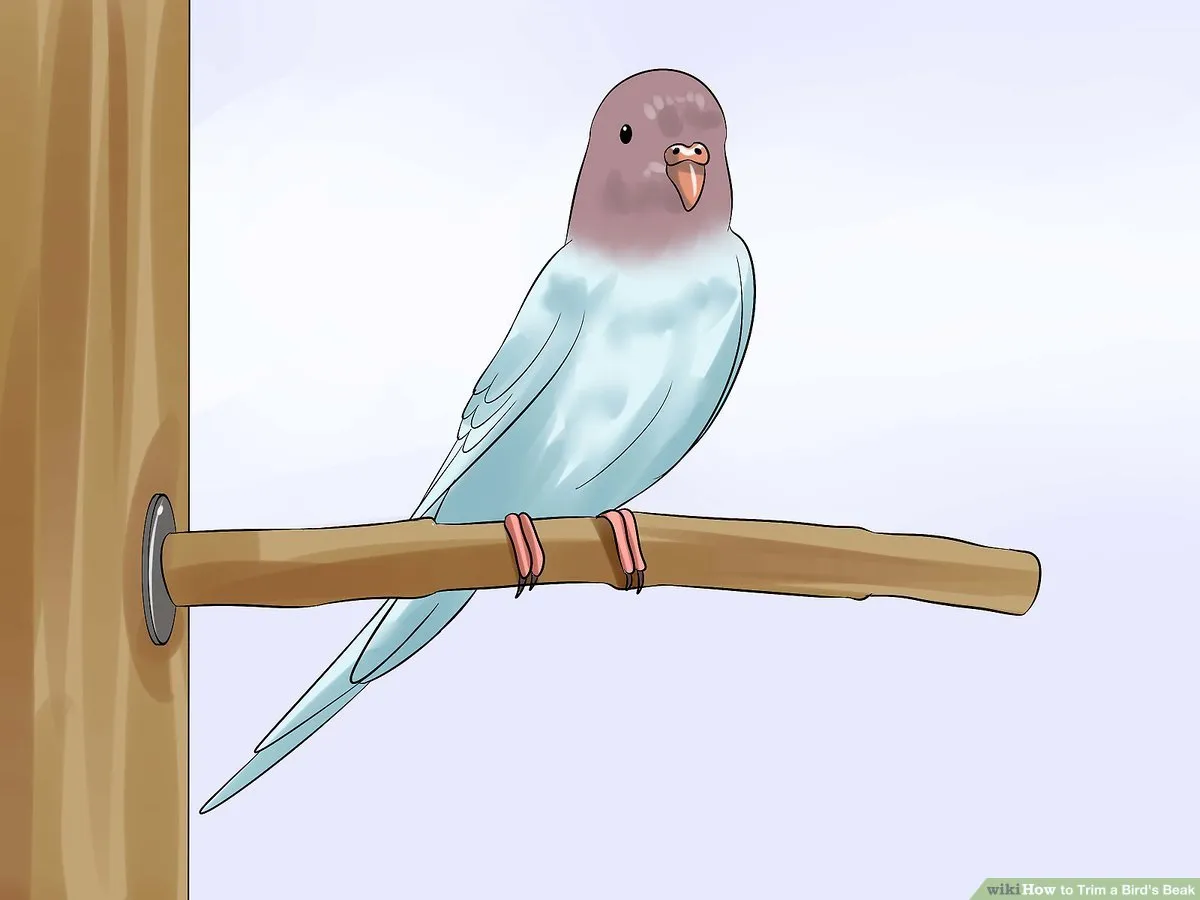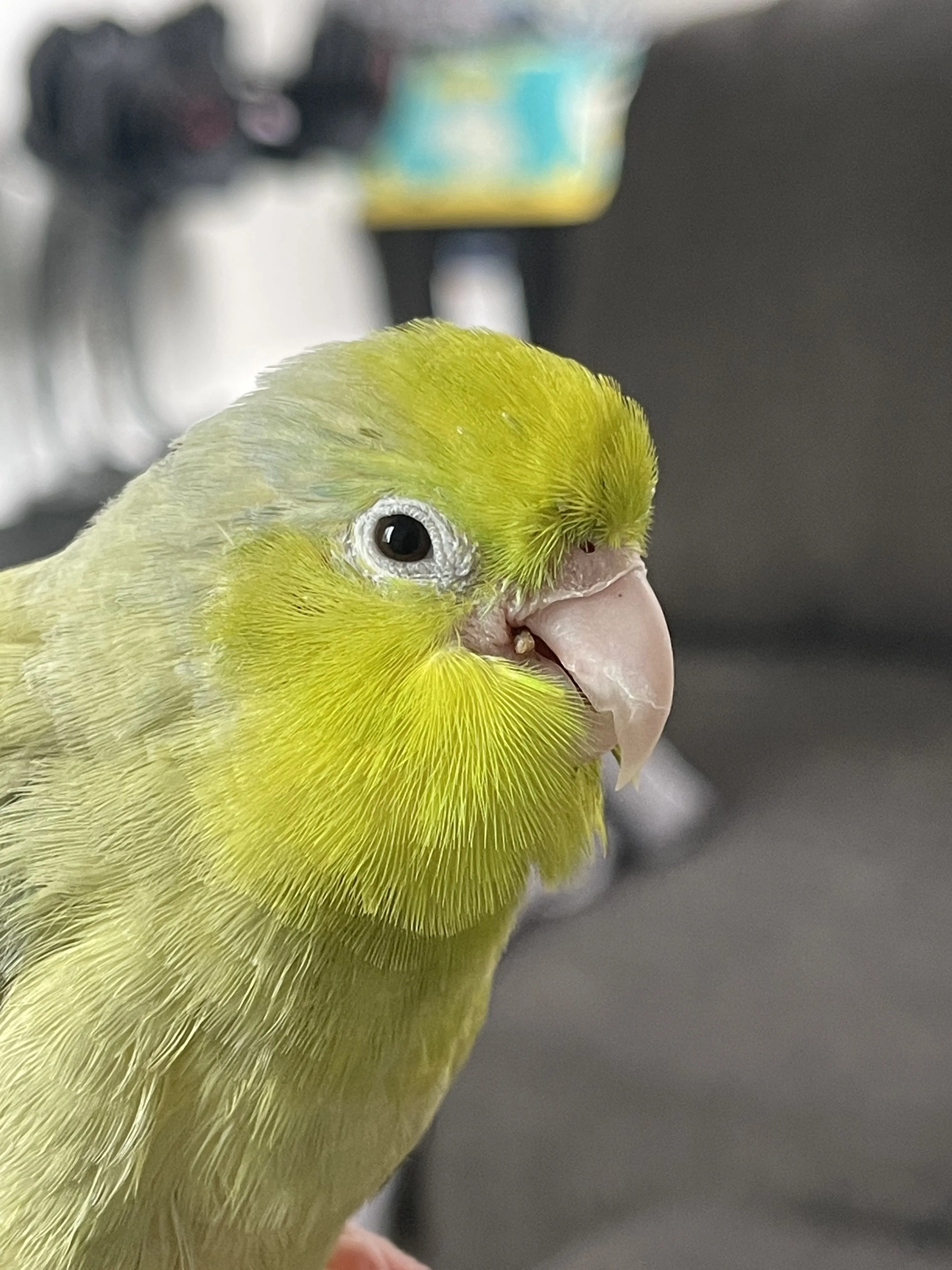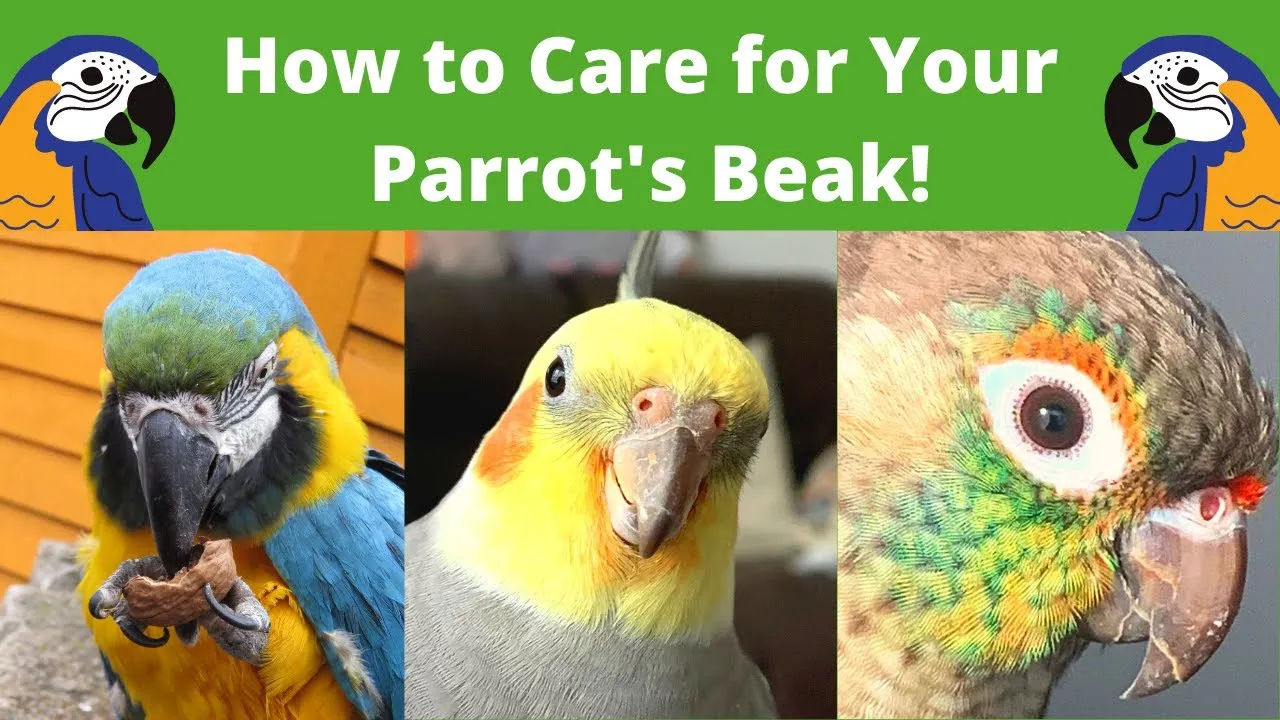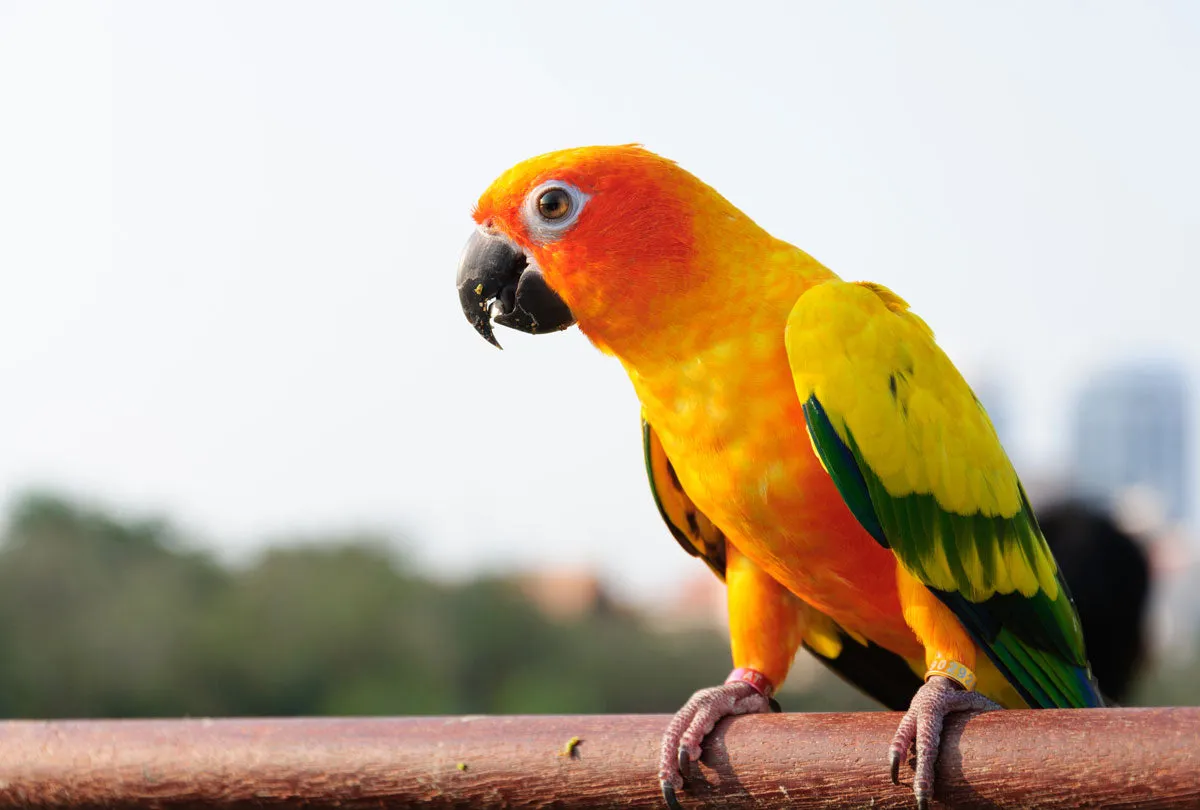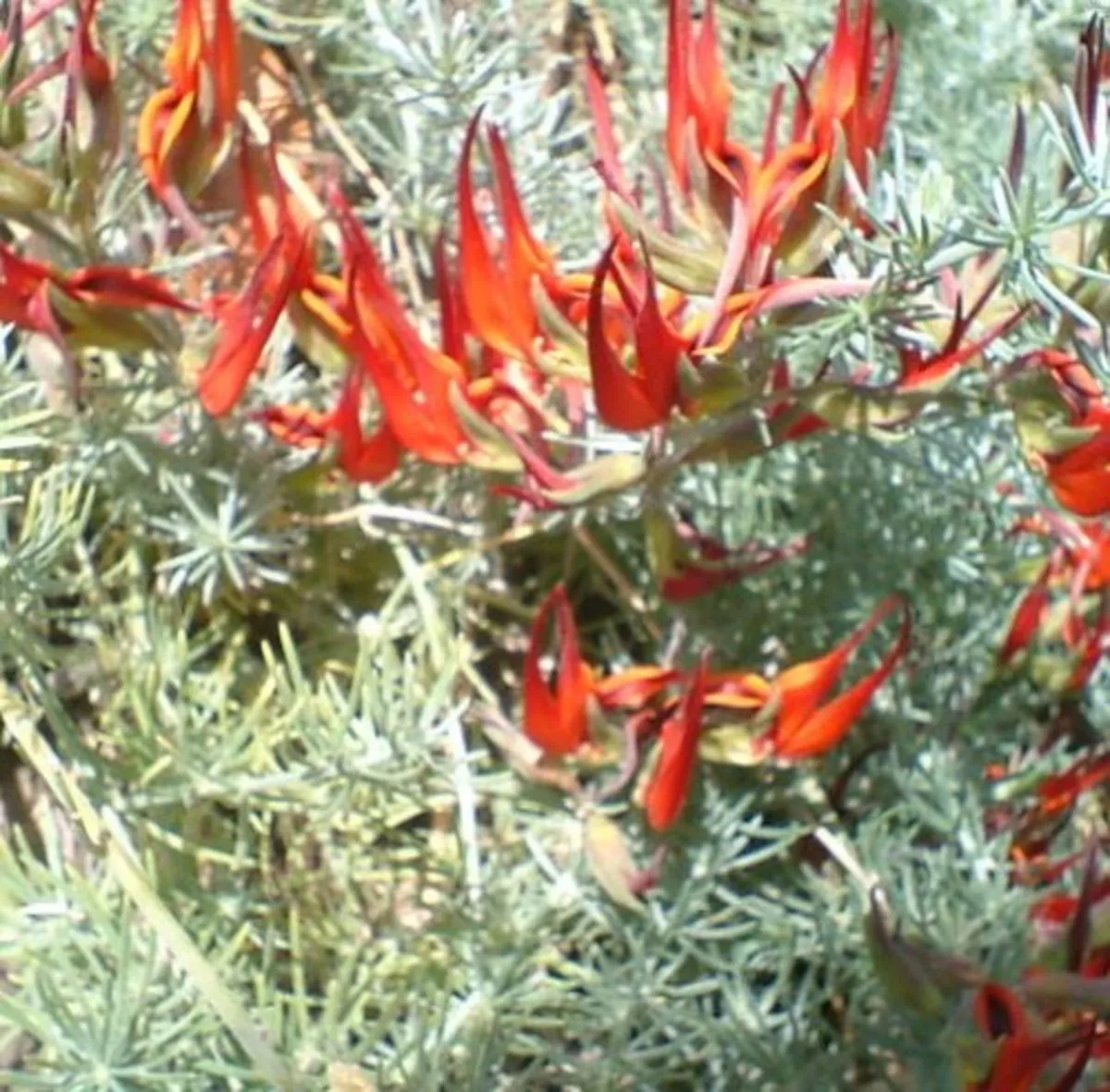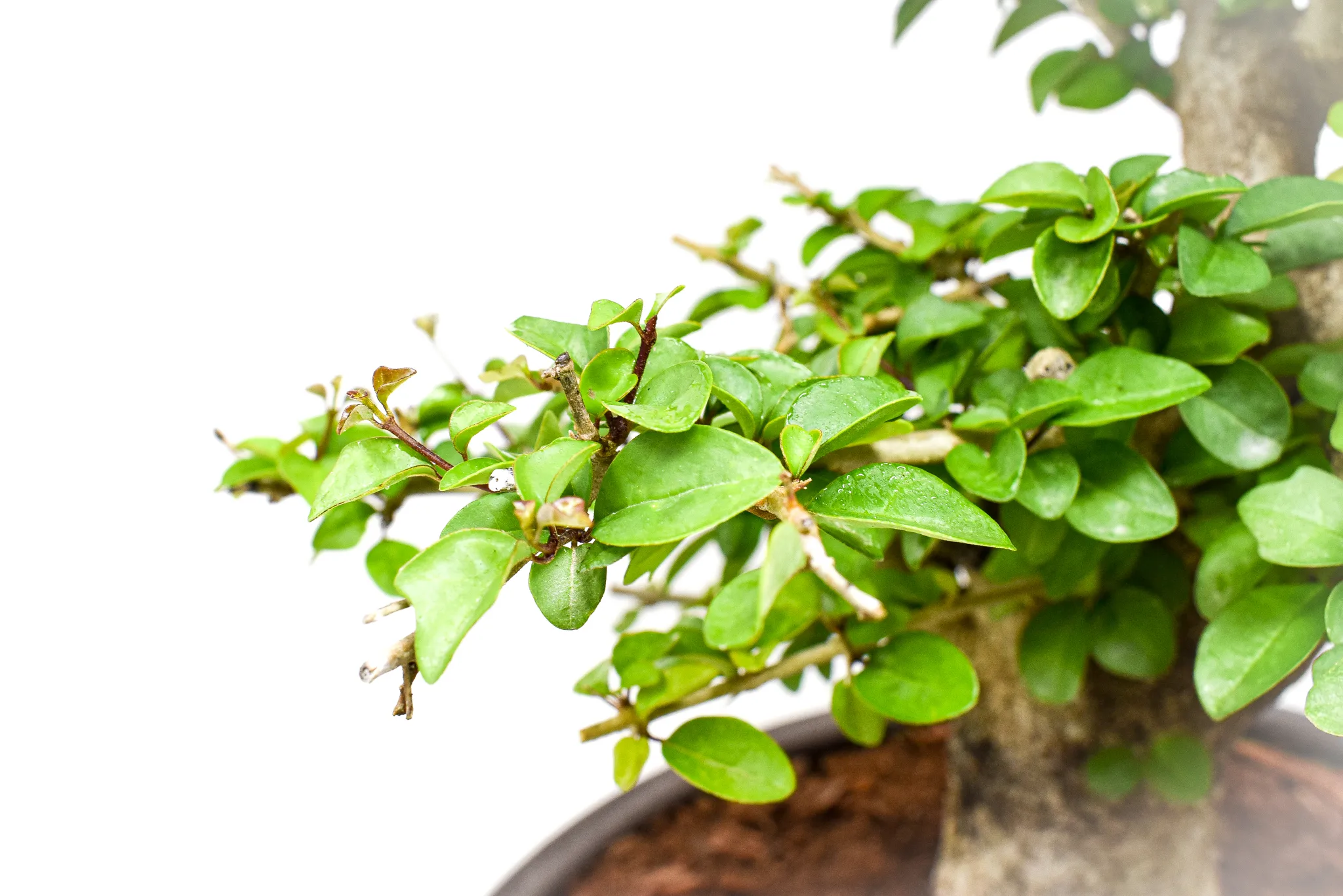Parrot's Beak: A Flower with a Unique Appearance
Flowers come in all shapes, sizes, and colors. They are known for their beauty and ability to attract pollinators such as bees, butterflies, and hummingbirds. One flower that stands out from the rest is the Parrot's Beak. This unique flower has a distinct appearance that resembles the beak of a parrot. In this article, we will explore the Parrot's Beak flower, its characteristics, and how to care for it.
Characteristics of Parrot's Beak
The Parrot's Beak flower, also known as Lotus berthelotii or Pelargonium, is a perennial plant that belongs to the Geraniaceae family. It is native to the Canary Islands, where it grows in rocky areas, cliffs, and volcanic soils. The flower is named after its unique shape, which resembles the beak of a parrot. The Parrot's Beak flower has a long stem that can grow up to 2 feet in length. The stem is thin and wiry, and it has small, green, and oval-shaped leaves. The flowers of the Parrot's Beak are small and tube-shaped, with bright red or orange petals that protrude from the end of the stem. The flowers bloom from early summer to fall and are followed by small, hairy fruits that resemble a beak.
How to Care for Parrot's Beak
Parrot's Beak is a relatively easy plant to care for, but it requires specific growing conditions to thrive. Here are some tips on how to care for Parrot's Beak: 1. Soil: Parrot's Beak prefers well-draining soil that is rich in organic matter. It does not tolerate wet soil, so make sure the soil is well-drained. 2. Light: Parrot's Beak requires full sun to partial shade to grow. It can tolerate some shade, but it needs at least 6 hours of sunlight per day to thrive. 3. Watering: Parrot's Beak does not require a lot of water, but it needs consistent moisture. Water the plant when the top inch of soil is dry, and make sure to avoid getting water on the leaves and flowers. 4. Fertilizer: Parrot's Beak does not require a lot of fertilizer, but it needs a balanced fertilizer every two weeks during the growing season. 5. Pruning: Prune the plant regularly to encourage bushy growth and remove any dead or diseased leaves and stems.
Benefits of Parrot's Beak
The Parrot's Beak flower is not only beautiful, but it also has several benefits. Here are some benefits of Parrot's Beak: 1. Attracts pollinators: The bright colors and unique shape of the Parrot's Beak flower attract pollinators such as bees, butterflies, and hummingbirds. 2. Low maintenance: Parrot's Beak is a low-maintenance plant that does not require a lot of care. 3. Indoor plant: Parrot's Beak can be grown indoors as a houseplant, making it an excellent choice for those who want to bring a touch of nature into their homes. 4. Drought-tolerant: Parrot's Beak is drought-tolerant and can survive in dry conditions.
How to Grow Parrot's Beak
If you want to grow Parrot's Beak, here are some steps to follow: 1. Choose the right location: Parrot's Beak requires full sun to partial shade to grow. Choose a location that gets at least 6 hours of sunlight per day. 2. Prepare the soil: Parrot's Beak prefers well-draining soil that is rich in organic matter. Mix compost or other organic matter into the soil before planting. 3. Plant the seeds: Sow the seeds in the soil and cover them with a thin layer of soil. Water the seeds gently and keep the soil moist until the seeds germinate. 4. Water regularly: Water the plant regularly, but do not overwater it. Allow the soil to dry out slightly before watering again. 5. Fertilize: Fertilize the plant every two weeks during the growing season with a balanced fertilizer. 6. Prune: Prune the plant regularly to encourage bushy growth and remove any dead or diseased leaves and stems.
Conclusion
The Parrot's Beak flower is a unique and beautiful flower that is easy to care for and has several benefits. It is a low-maintenance plant that attracts pollinators, can be grown indoors, and is drought-tolerant. If you want to add a touch of nature to your home or garden, consider growing Parrot's Beak. With the right growing conditions and care, you can enjoy this beautiful flower for years to come.
Frequently asked questions about Parrots Beak wallpapers
What is Parrots Beak flower?
Parrots Beak flower is a beautiful and unique flower that resembles the beak of a parrot. It is scientifically known as Lotus berthelotii and is native to the Canary Islands.
How many Parrots Beak flower pictures do you have on your website?
We have a total of 44 Parrots Beak flower pictures available for download on our website.
What category do the Parrots Beak flower pictures fall under?
All of our Parrots Beak flower pictures fall under the "Flowers" category.
Are the Parrots Beak flower pictures free to download?
Yes, all of our Parrots Beak flower pictures are available for free download.
What file types are available for download?
We offer three different file types for download: .jpg, .png, and .webp.
Can I choose the size of the Parrots Beak flower picture I want to download?
Yes, you can choose the width and height of the Parrots Beak flower picture you want to download.
Does your website automatically detect the visitor's mobile screen size?
Yes, our website automatically detects the visitor's mobile screen size and chooses the appropriate size for the Parrots Beak flower picture.
Do I need to create an account to download Parrots Beak flower pictures?
No, you do not need to create an account to download Parrots Beak flower pictures. They are available for free download without any registration.
Can I use the Parrots Beak flower pictures for commercial purposes?
Yes, you are free to use the Parrots Beak flower pictures for commercial purposes. However, we do not hold any responsibility for any legal issues that may arise from the use of our pictures.
Can I modify the Parrots Beak flower pictures after downloading them?
Yes, you are free to modify the Parrots Beak flower pictures after downloading them. However, we do not hold any responsibility for any legal issues that may arise from the modification of our pictures.


